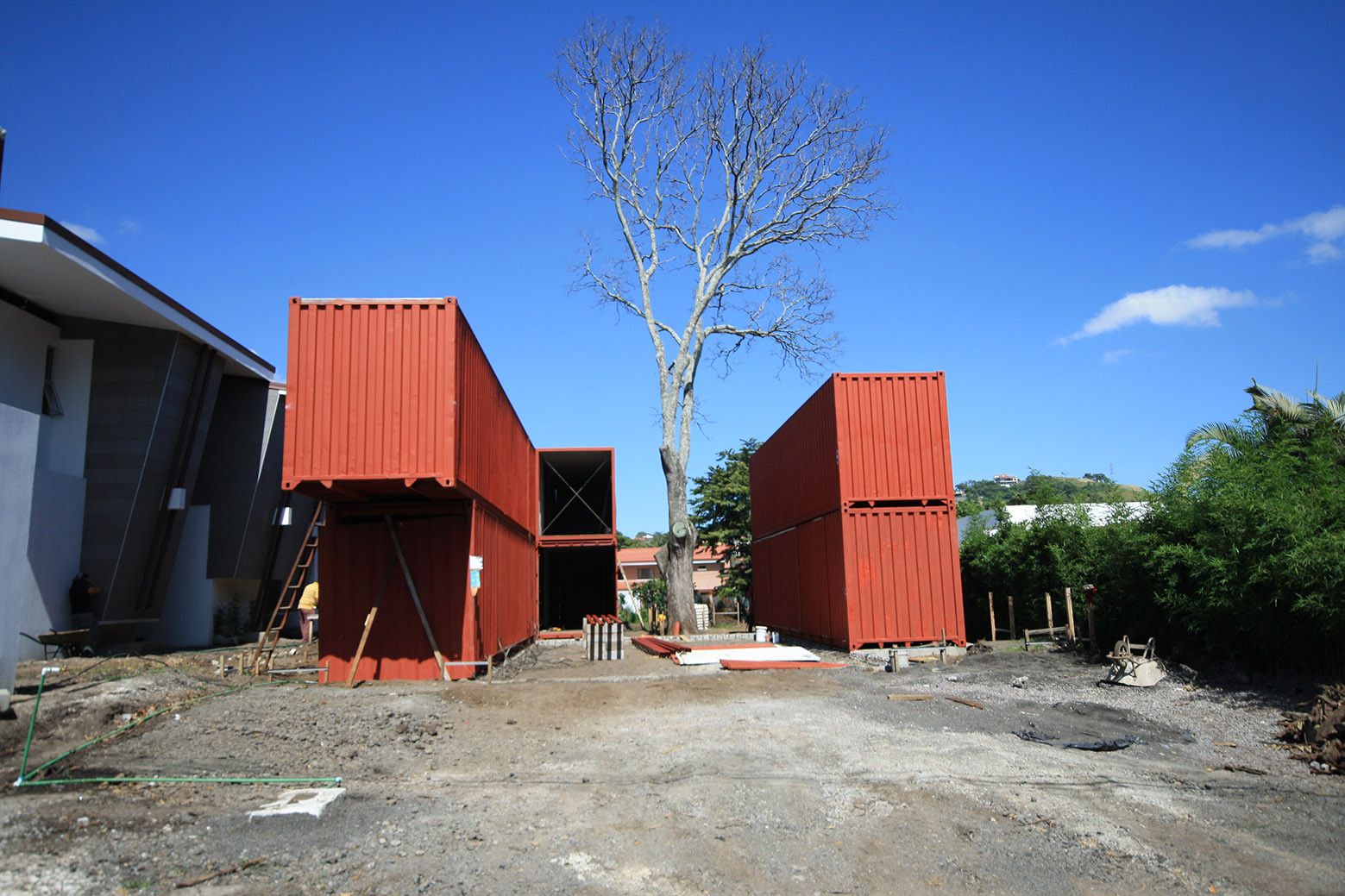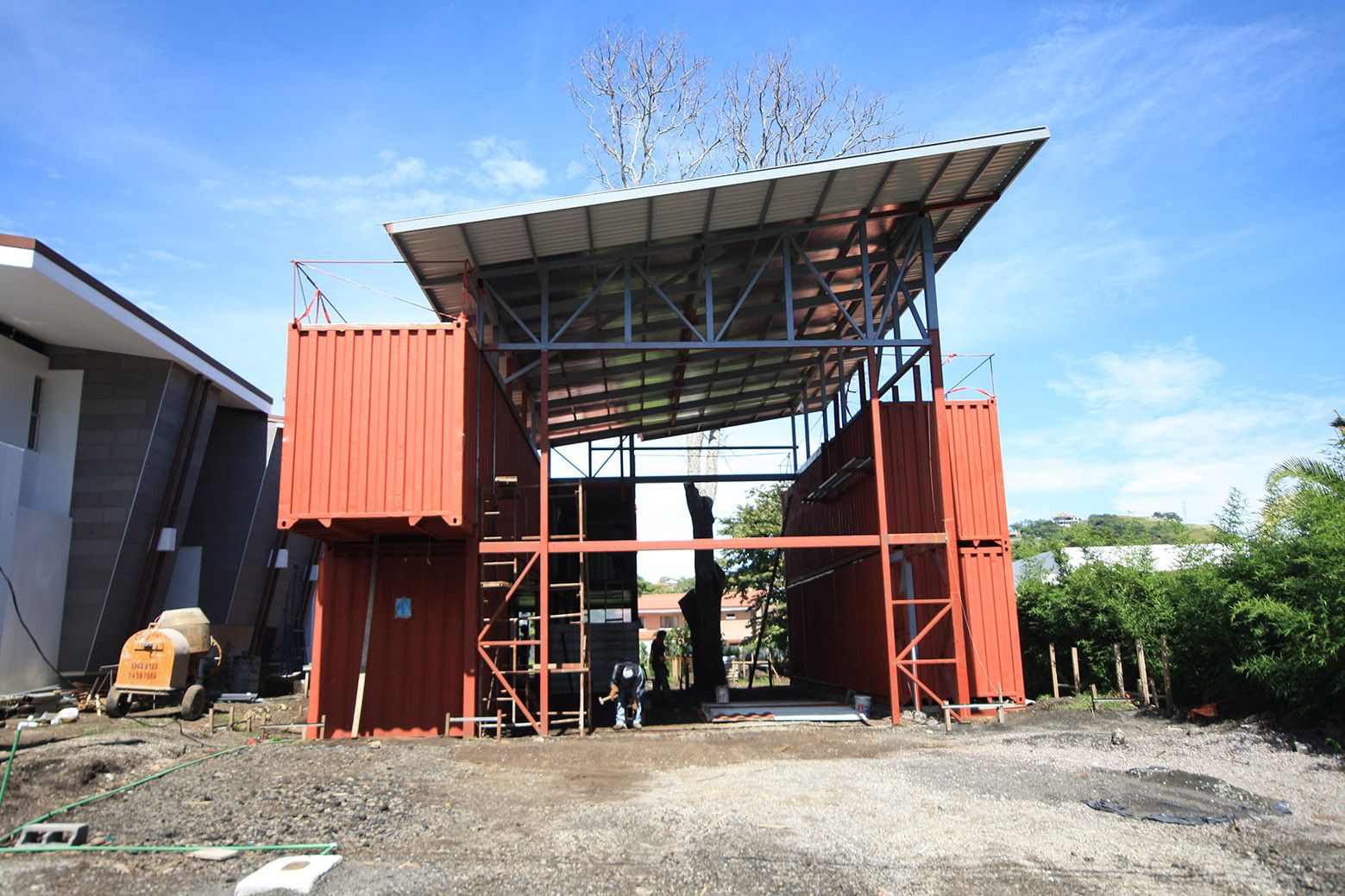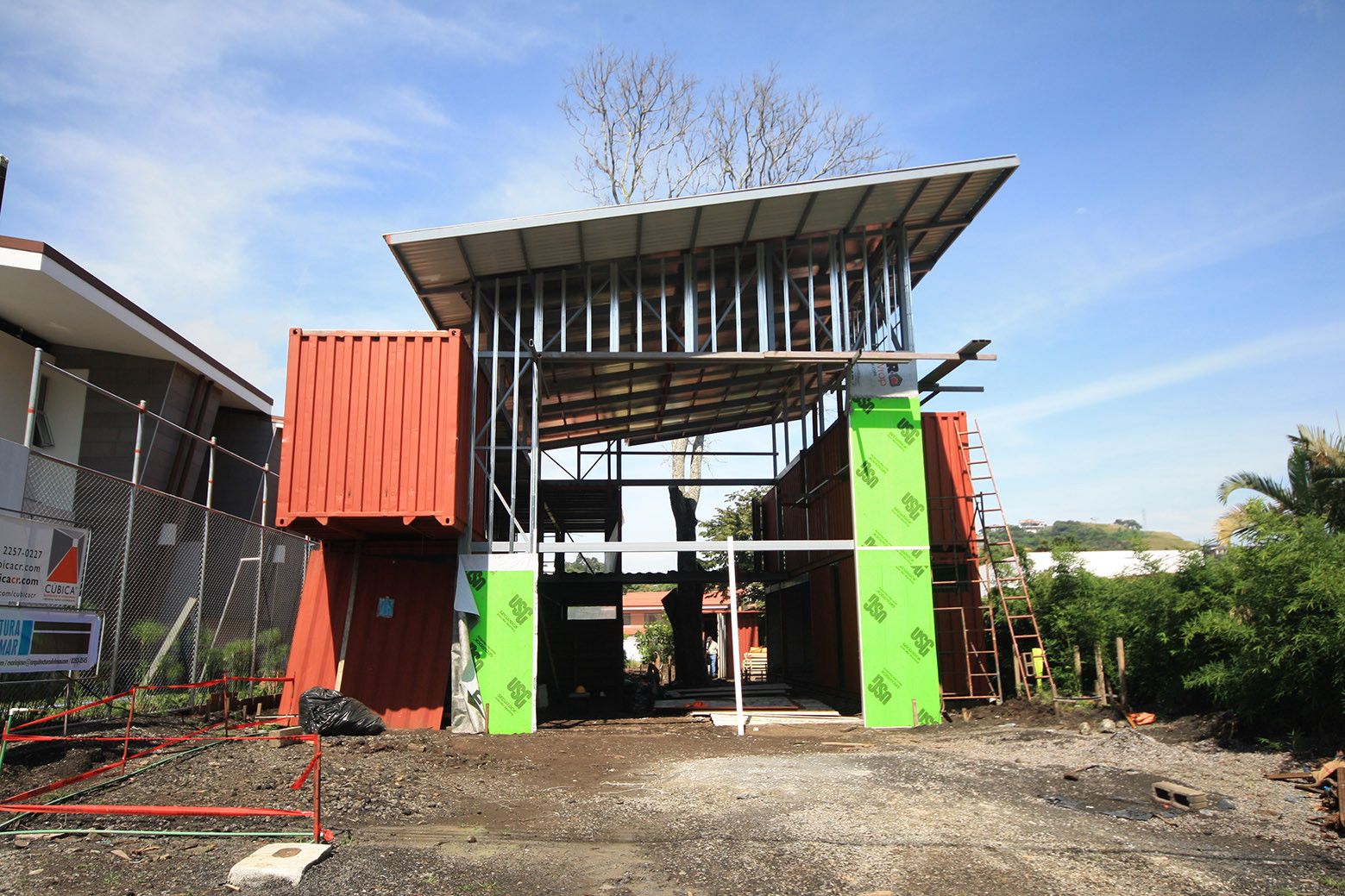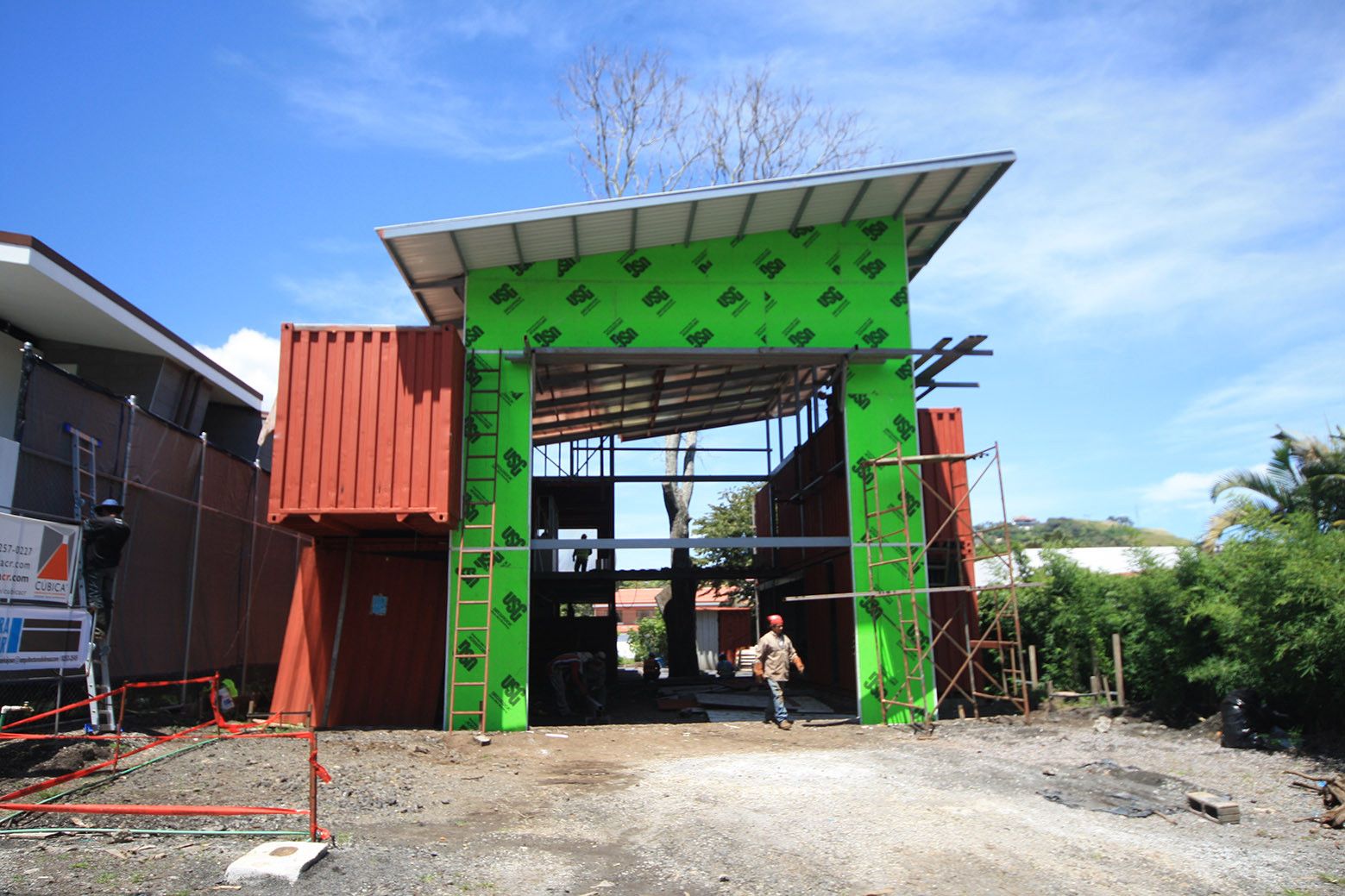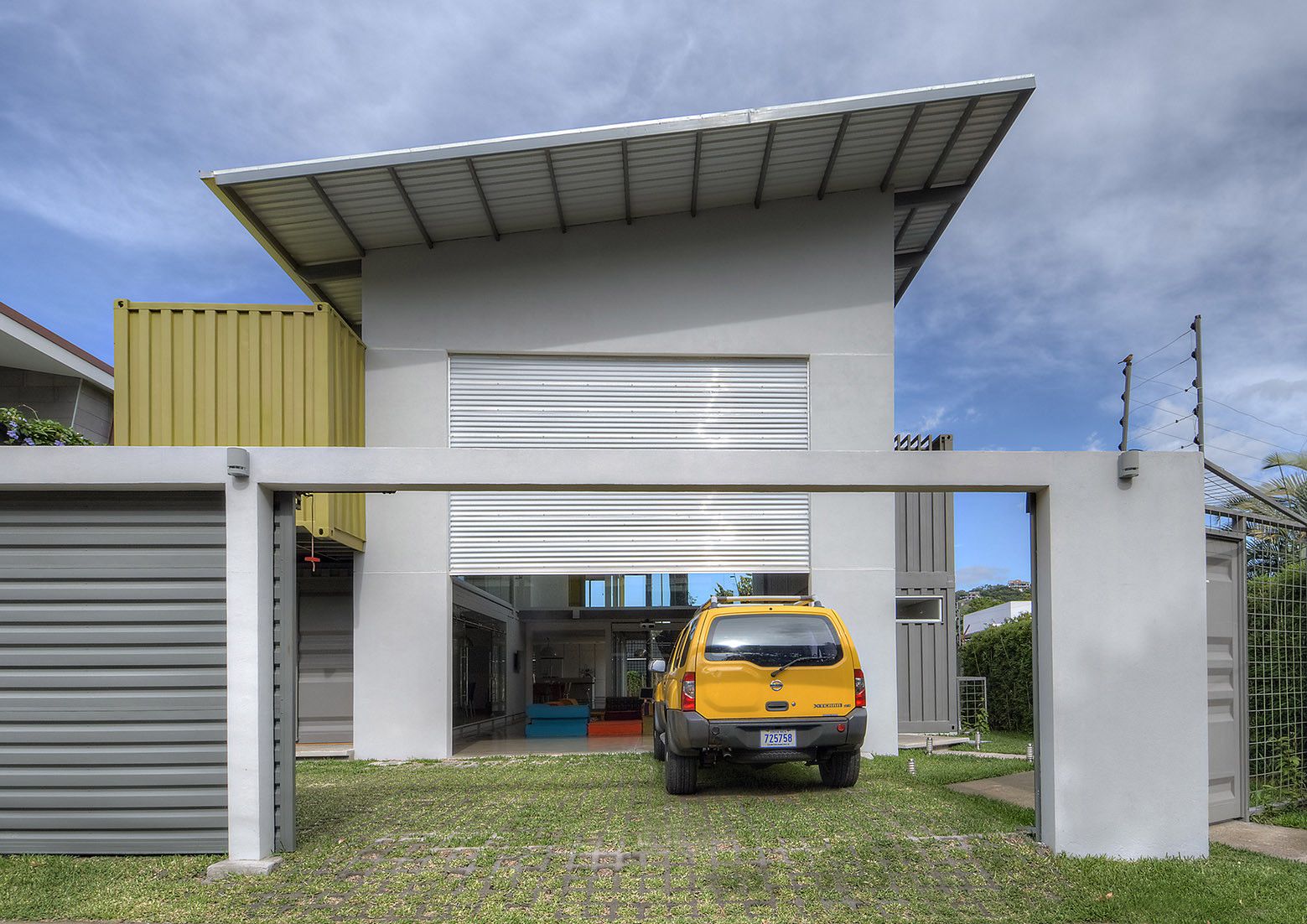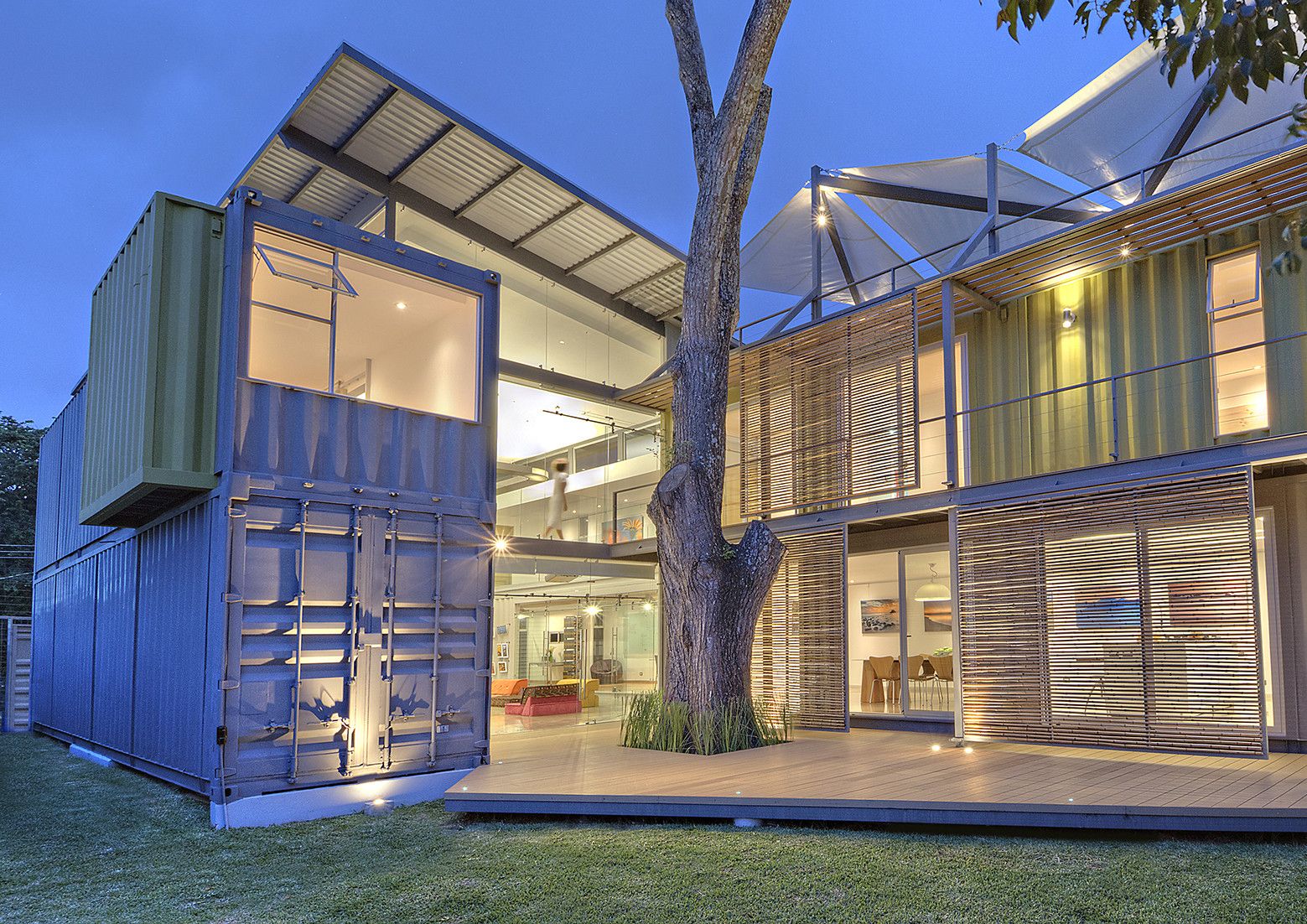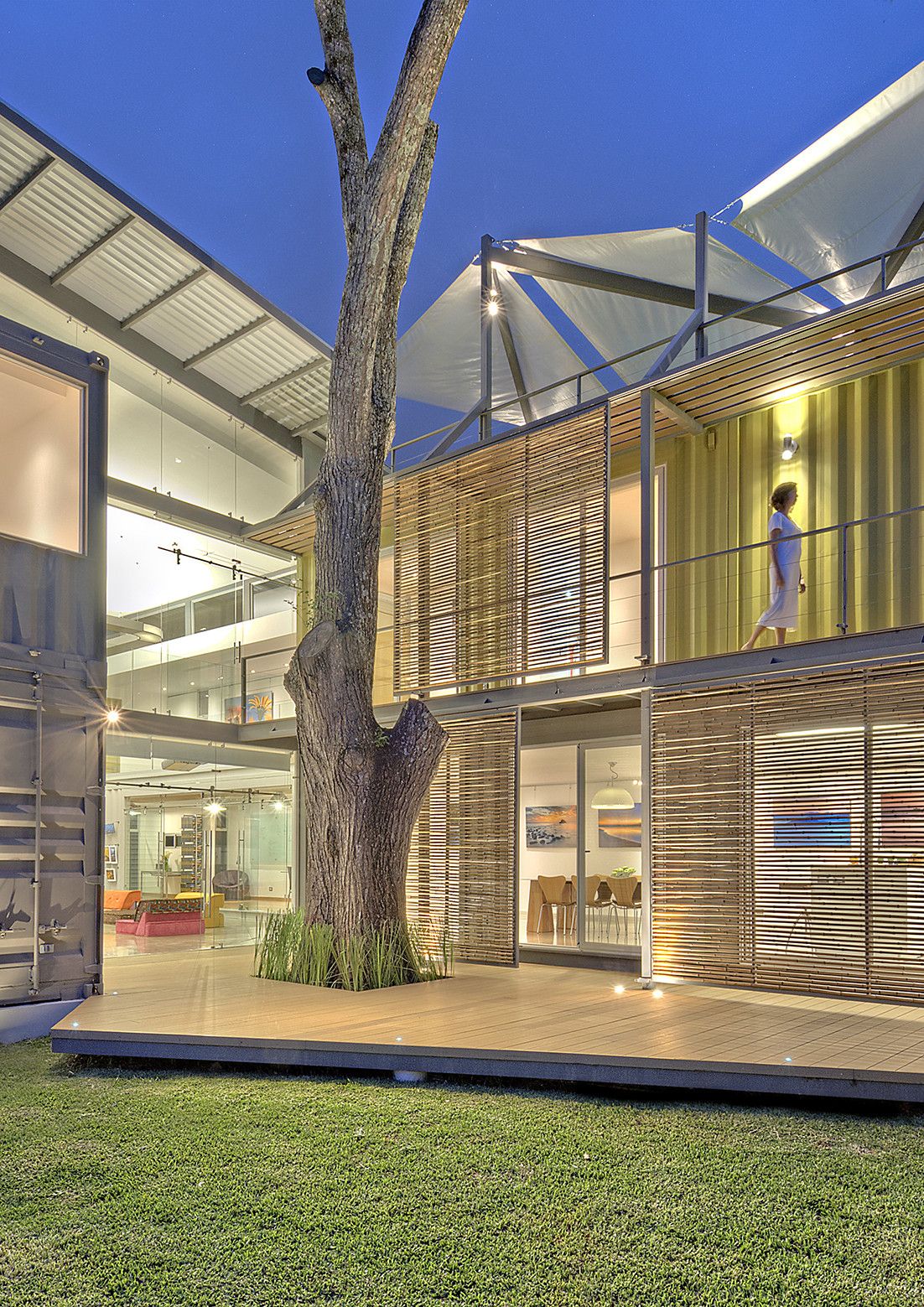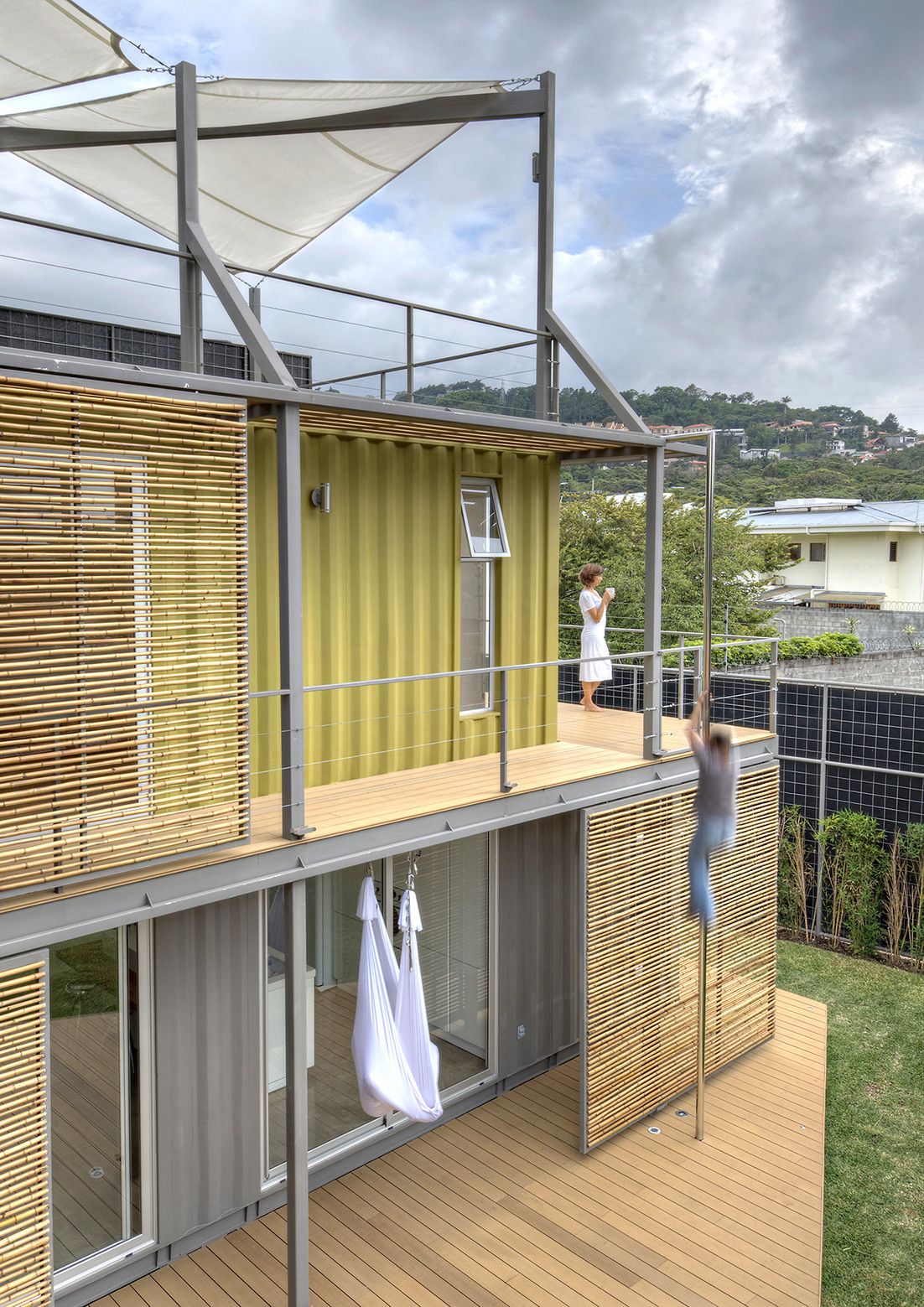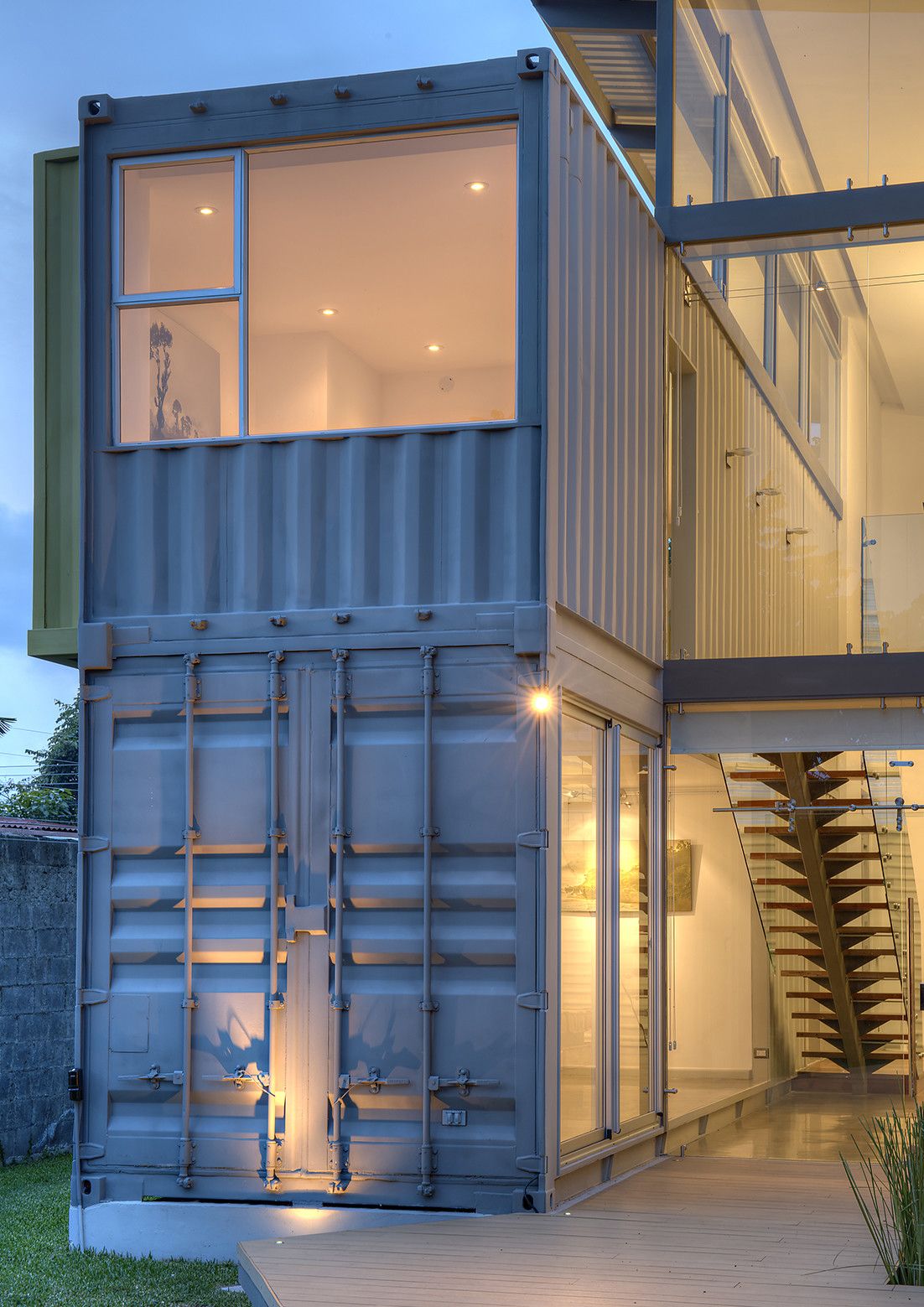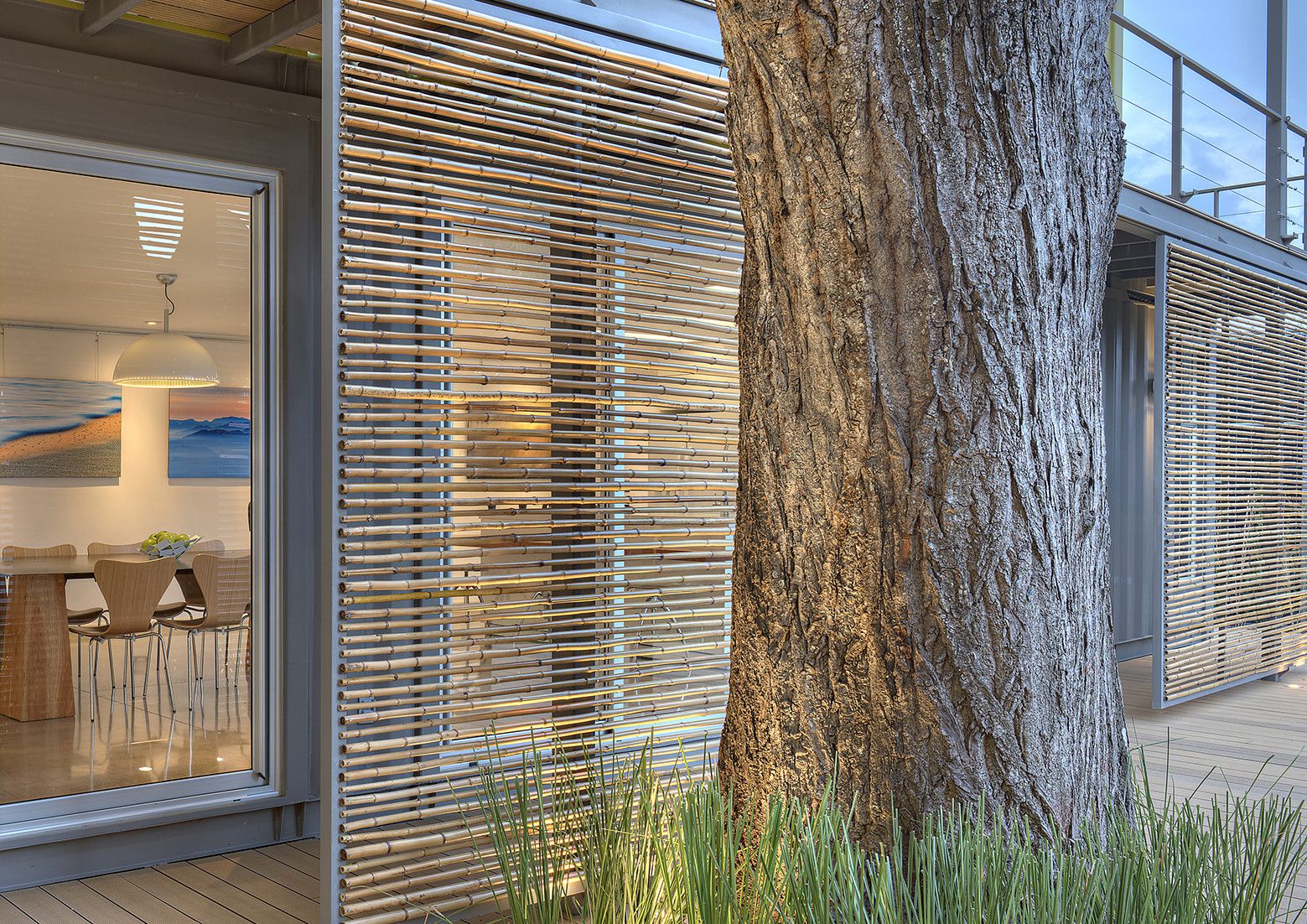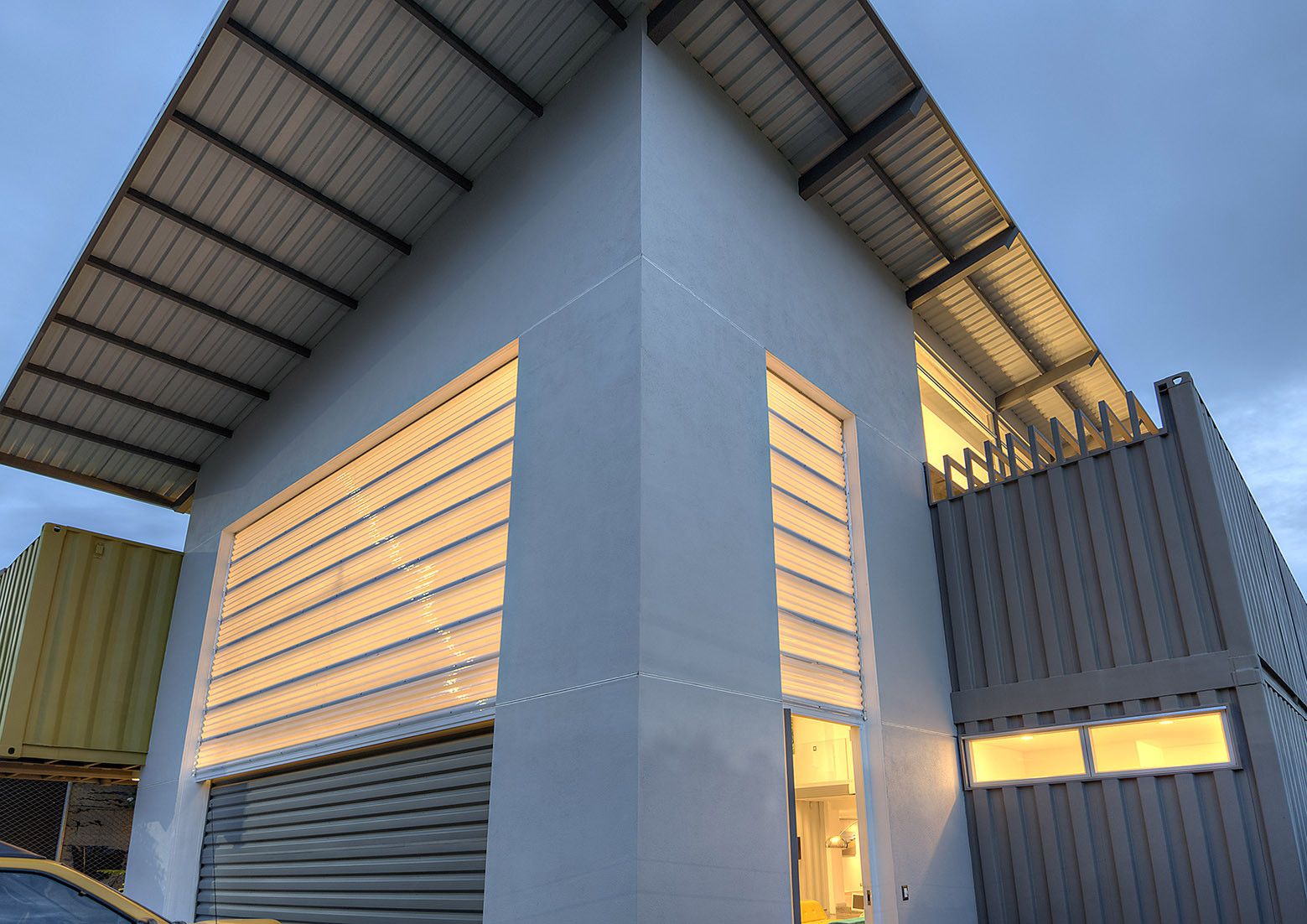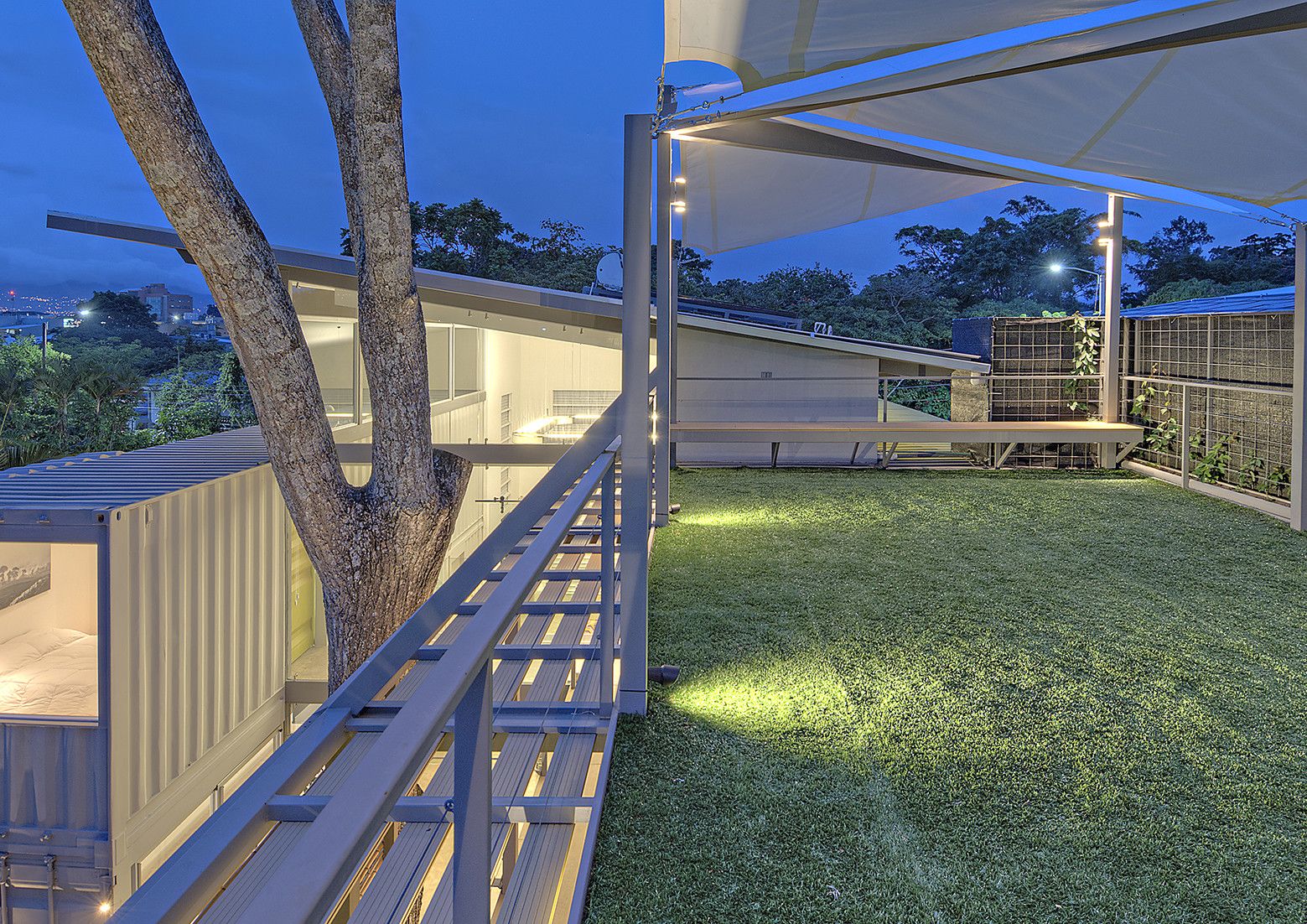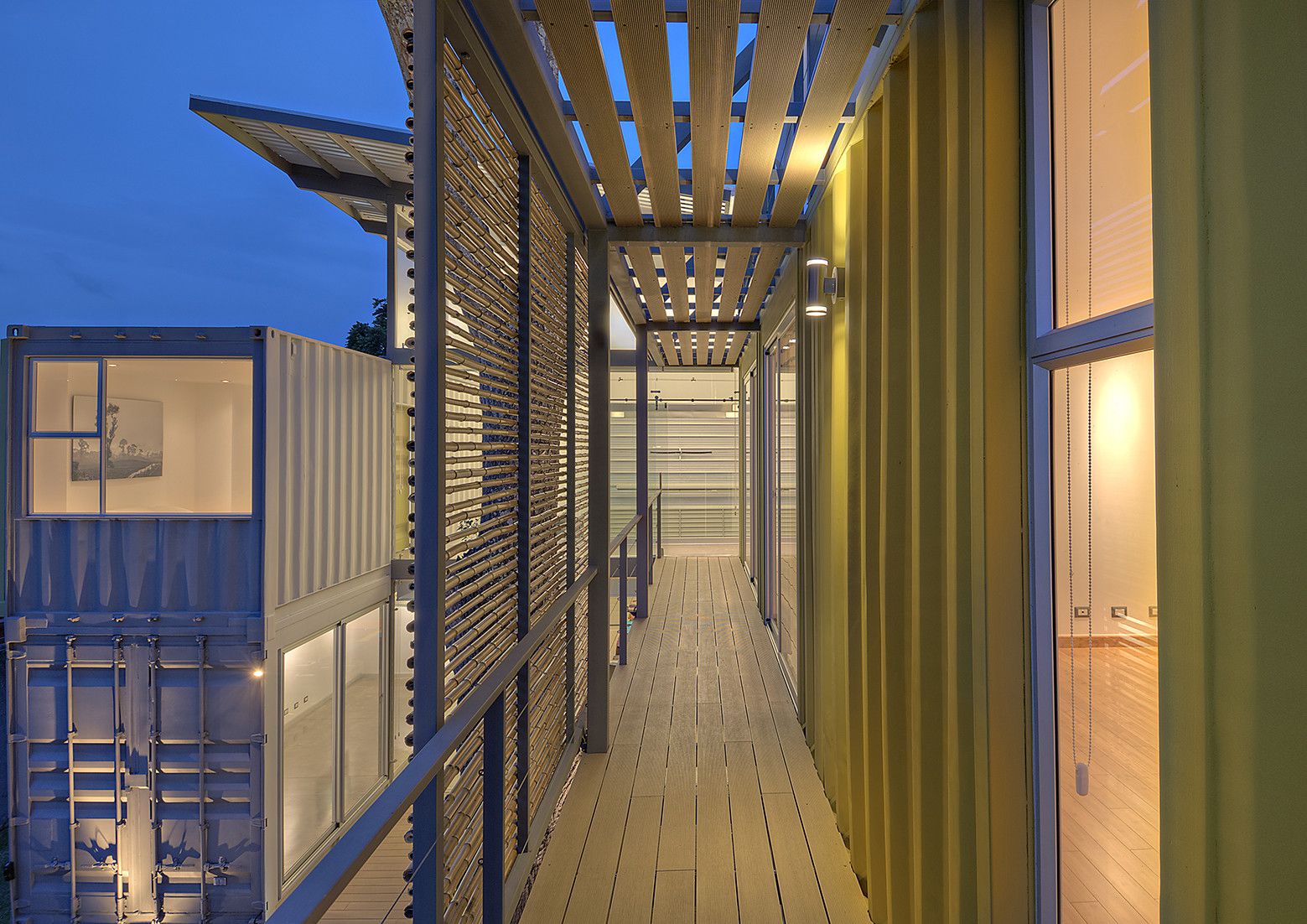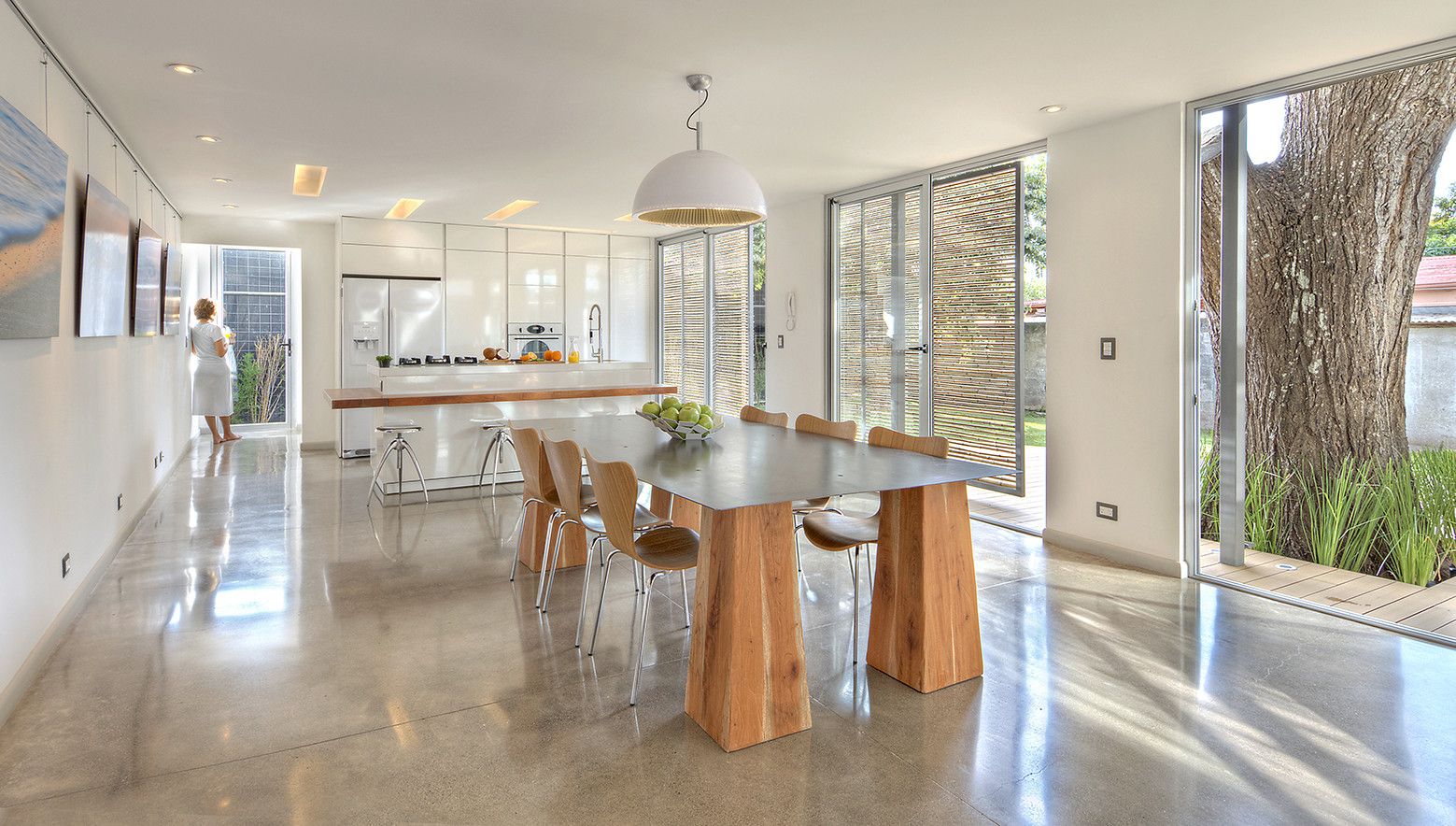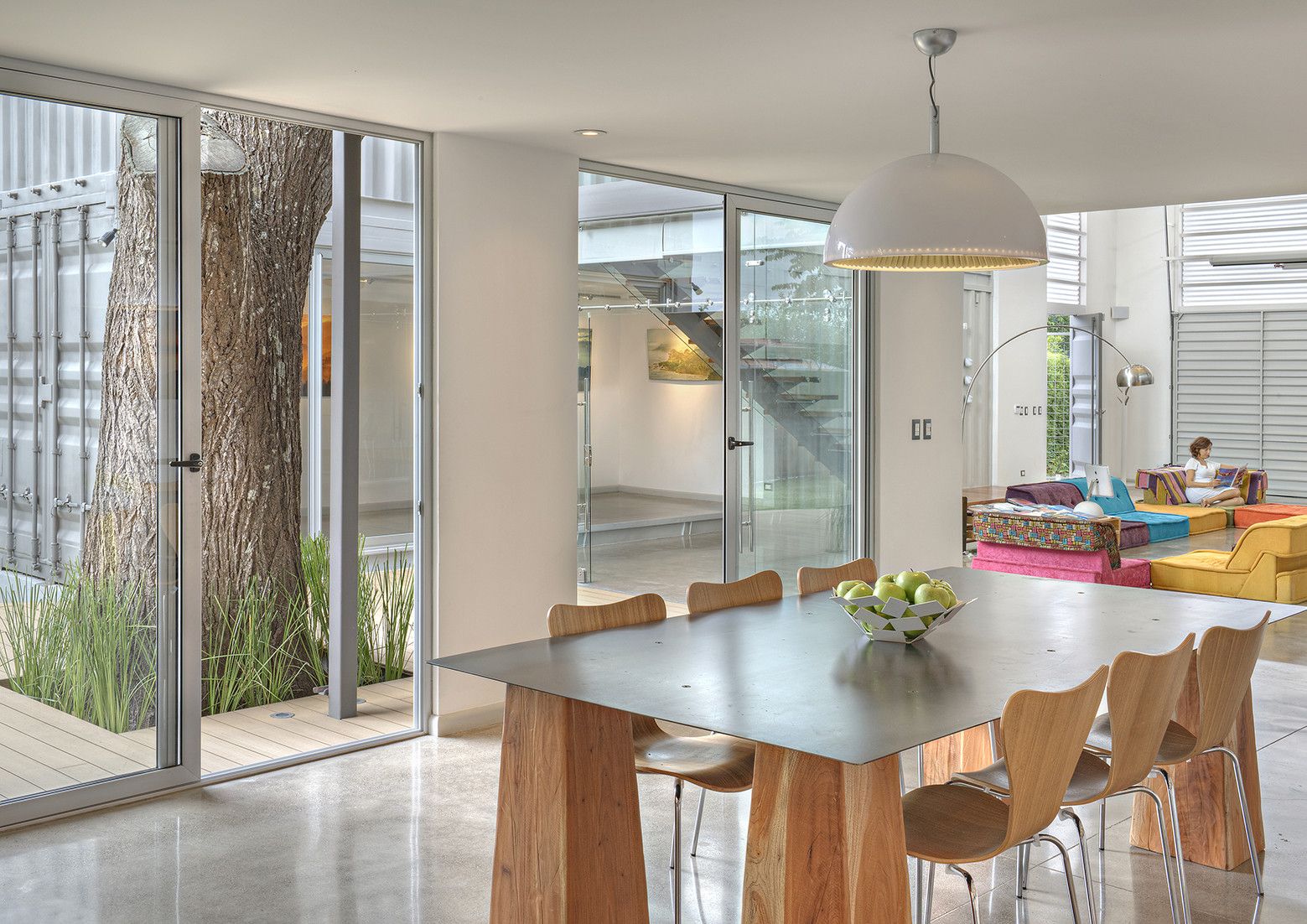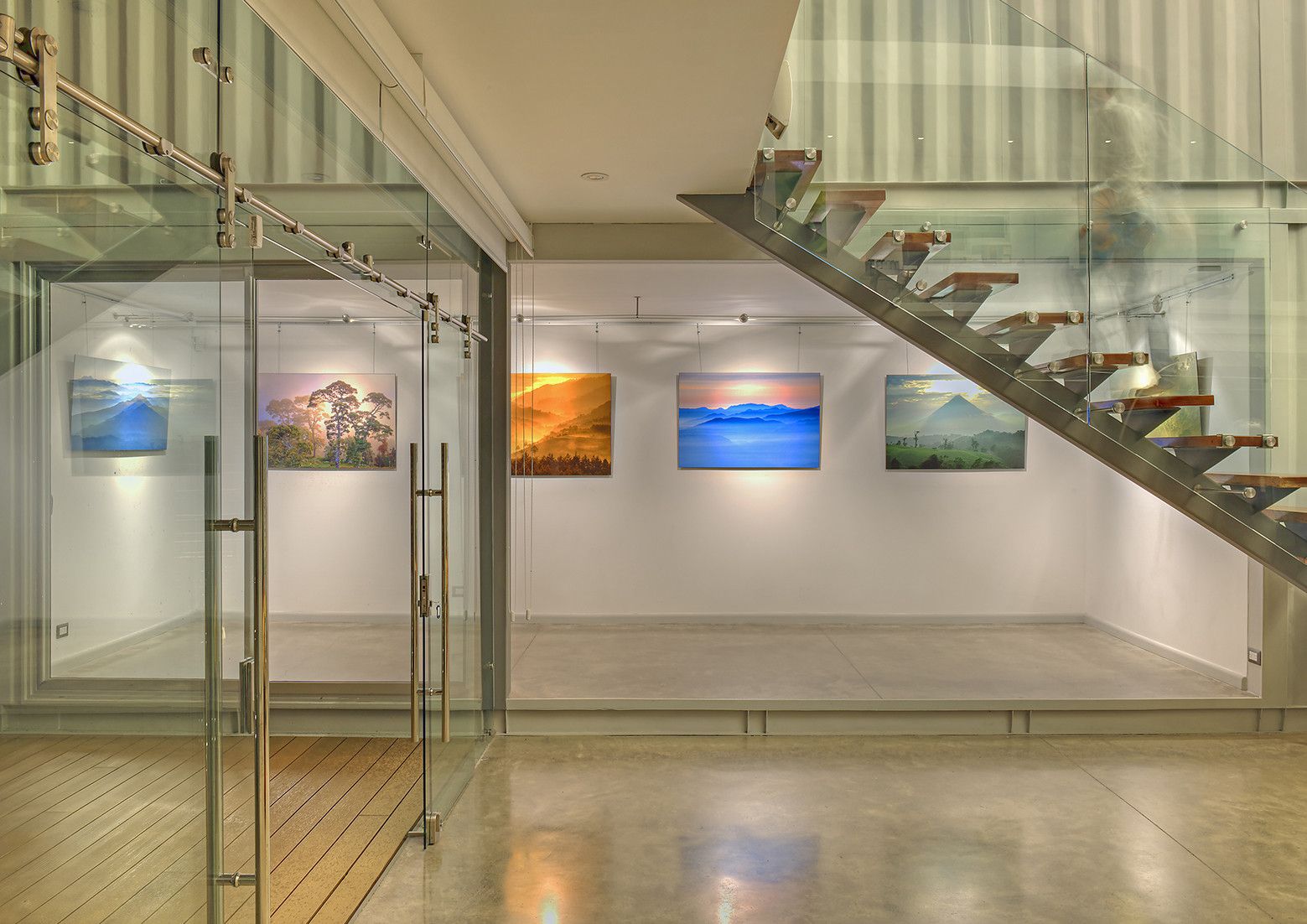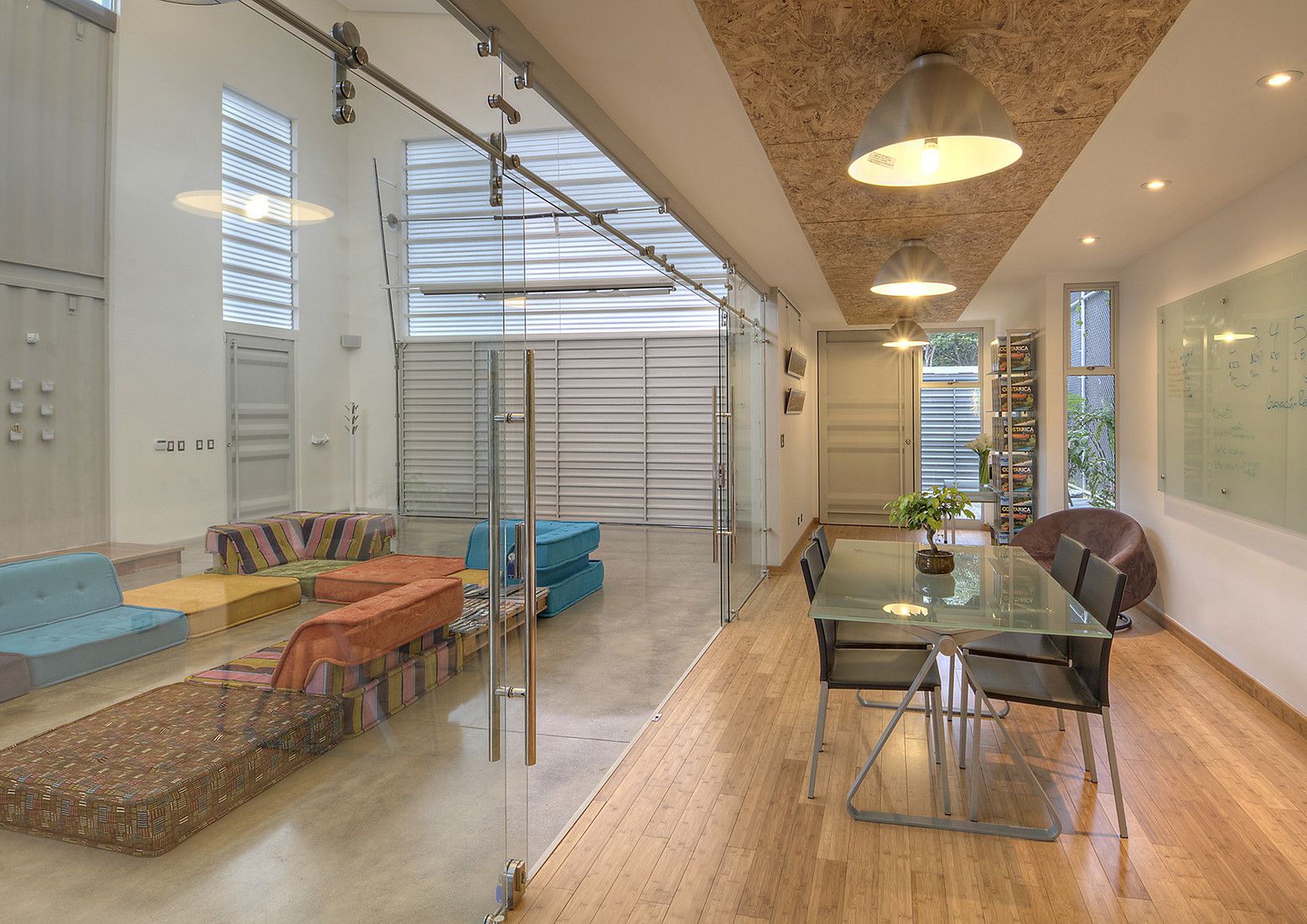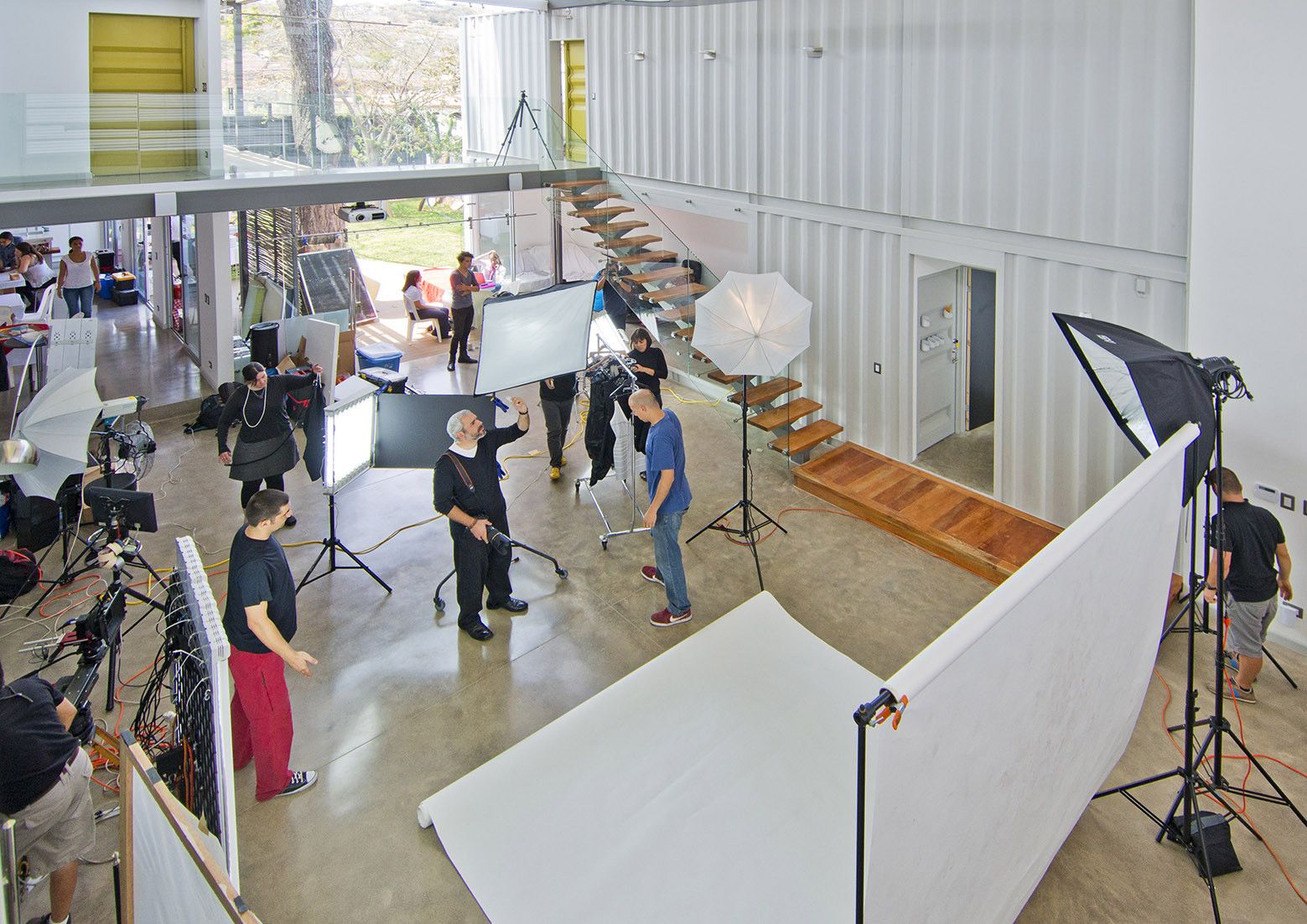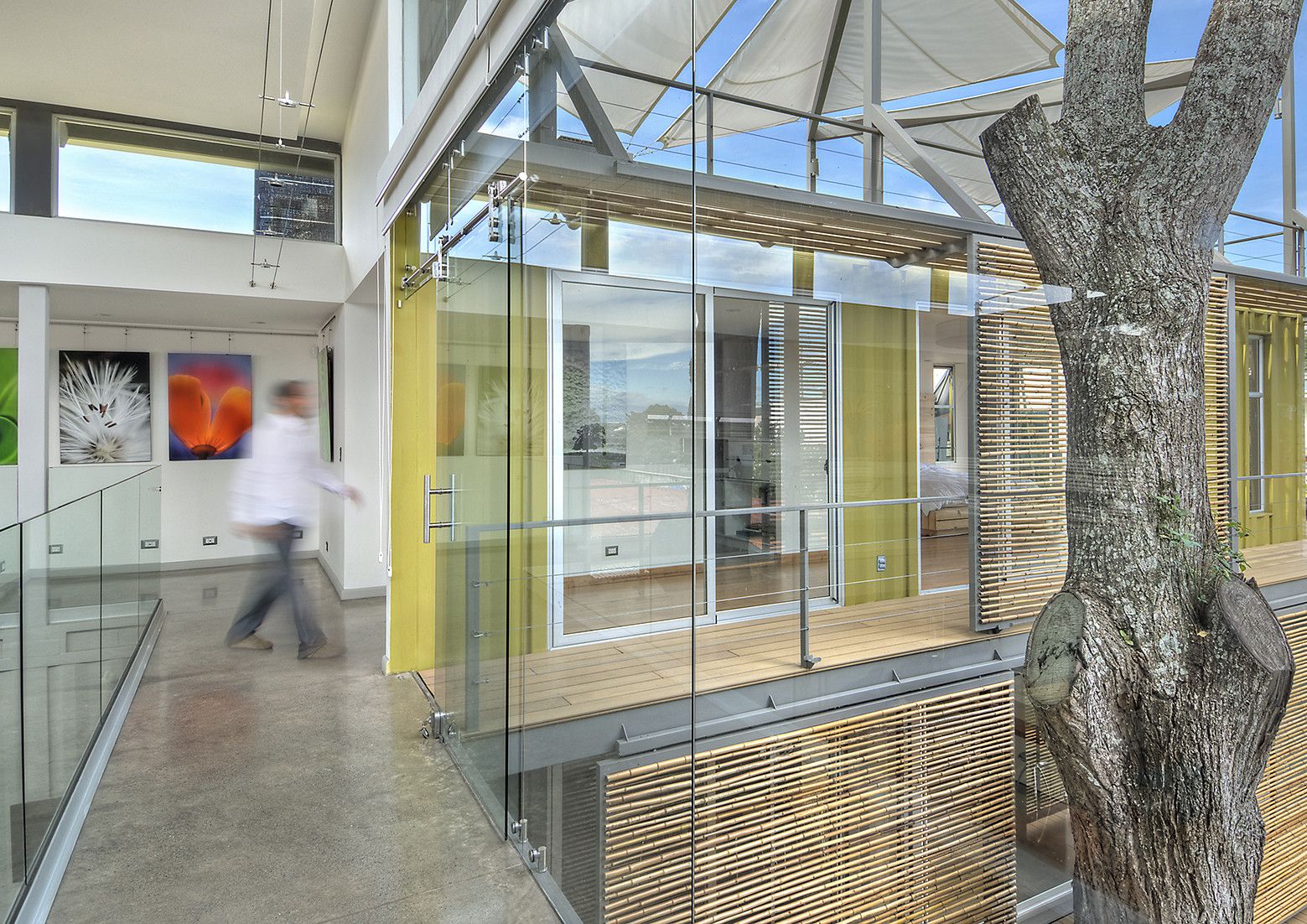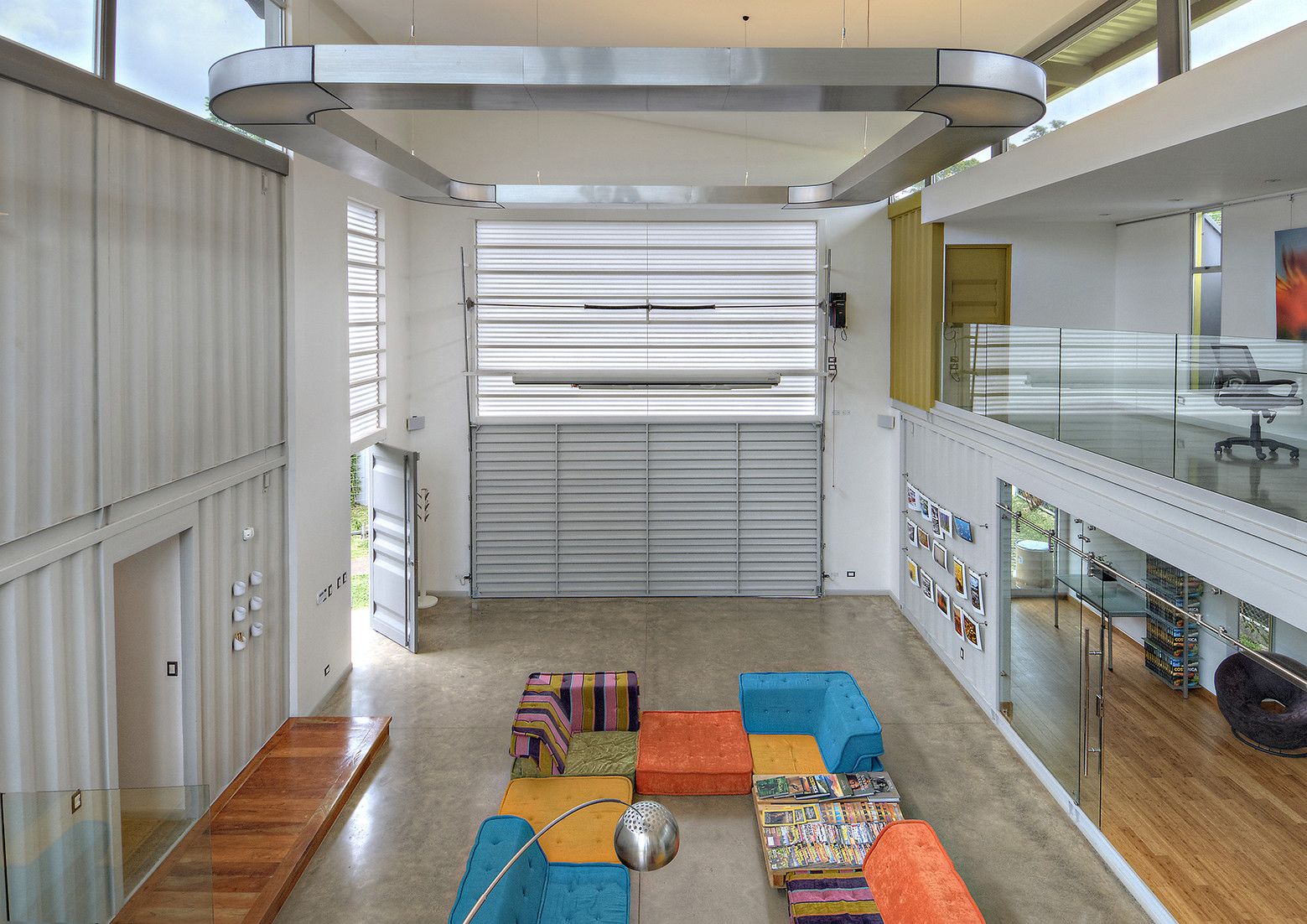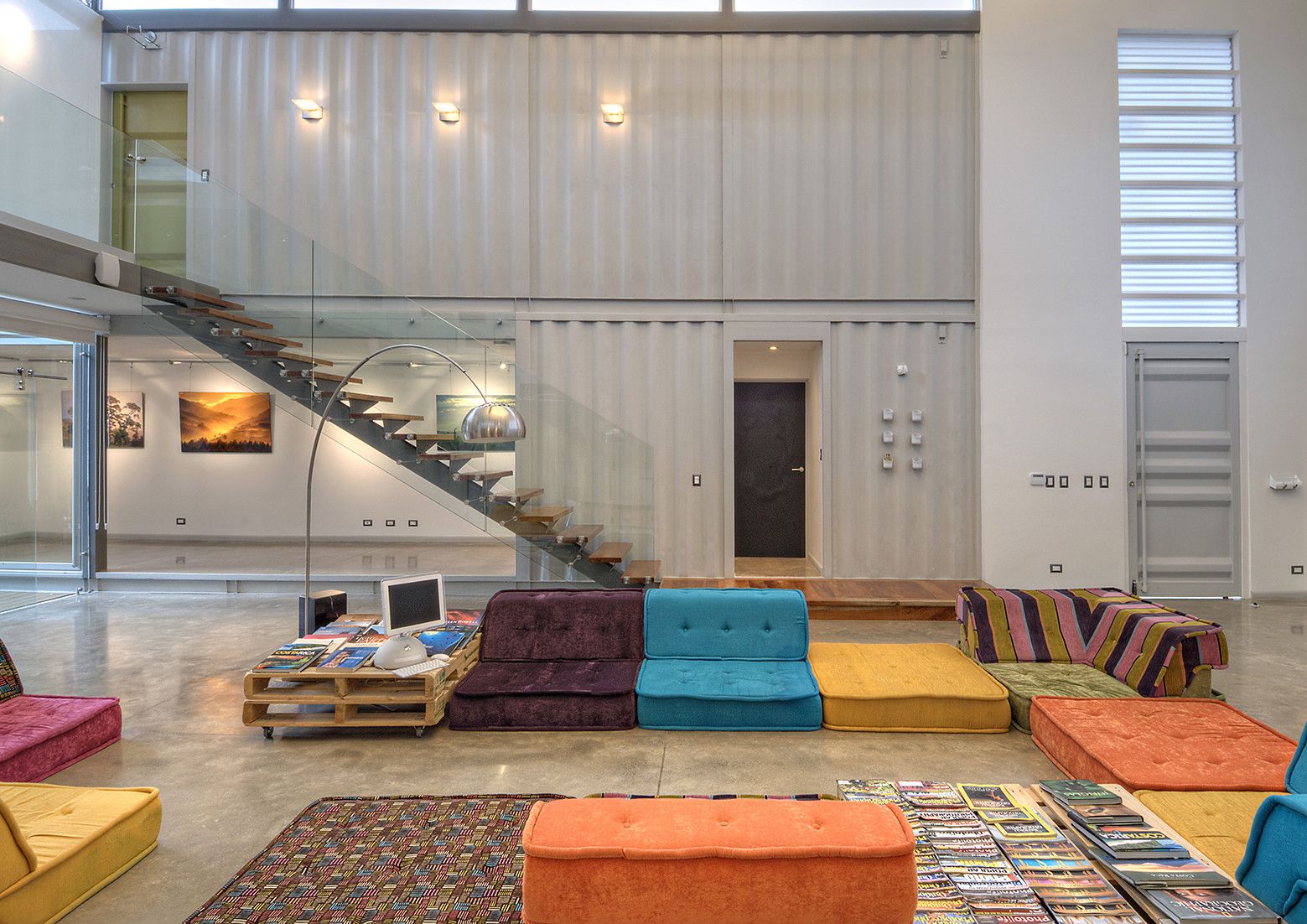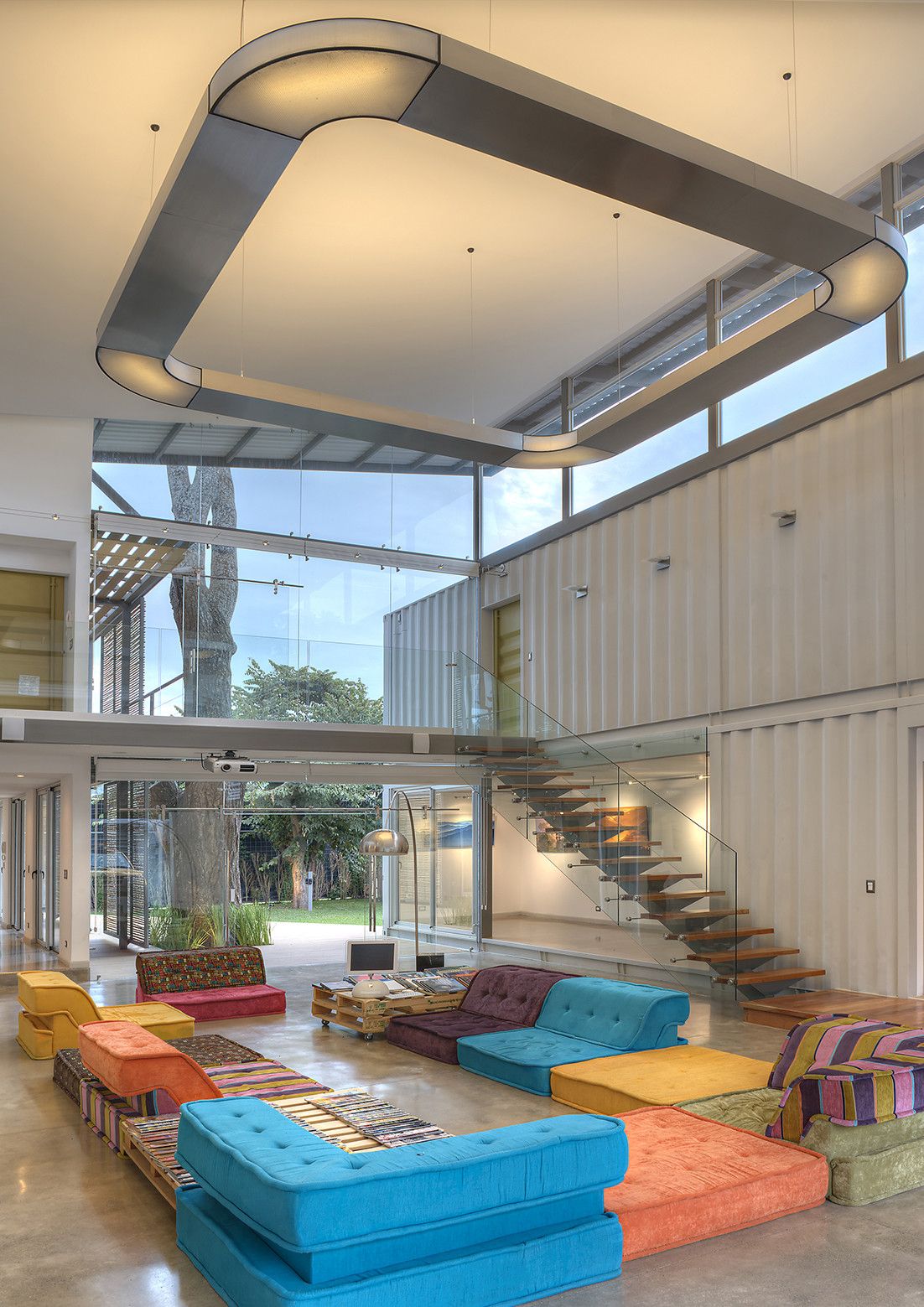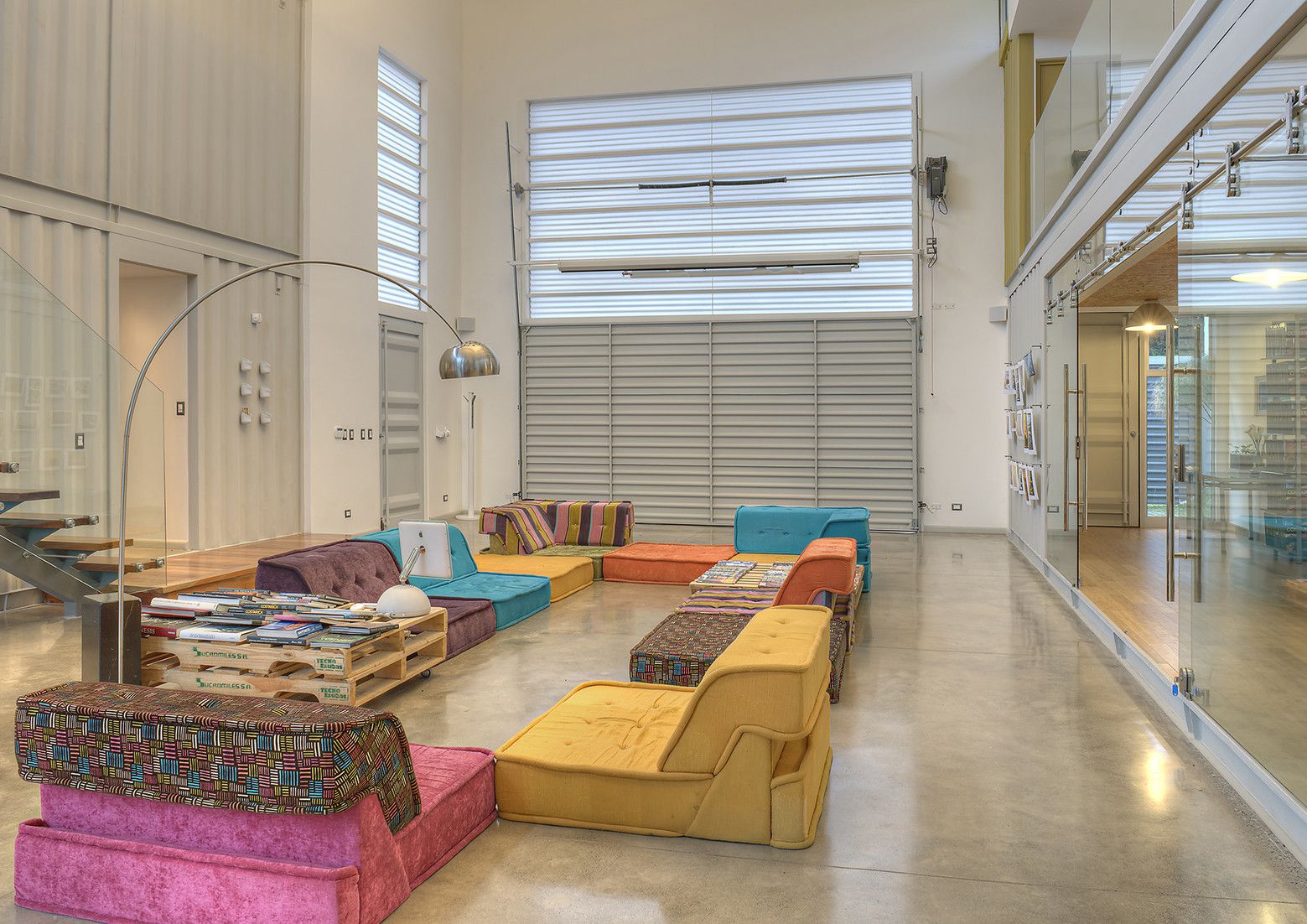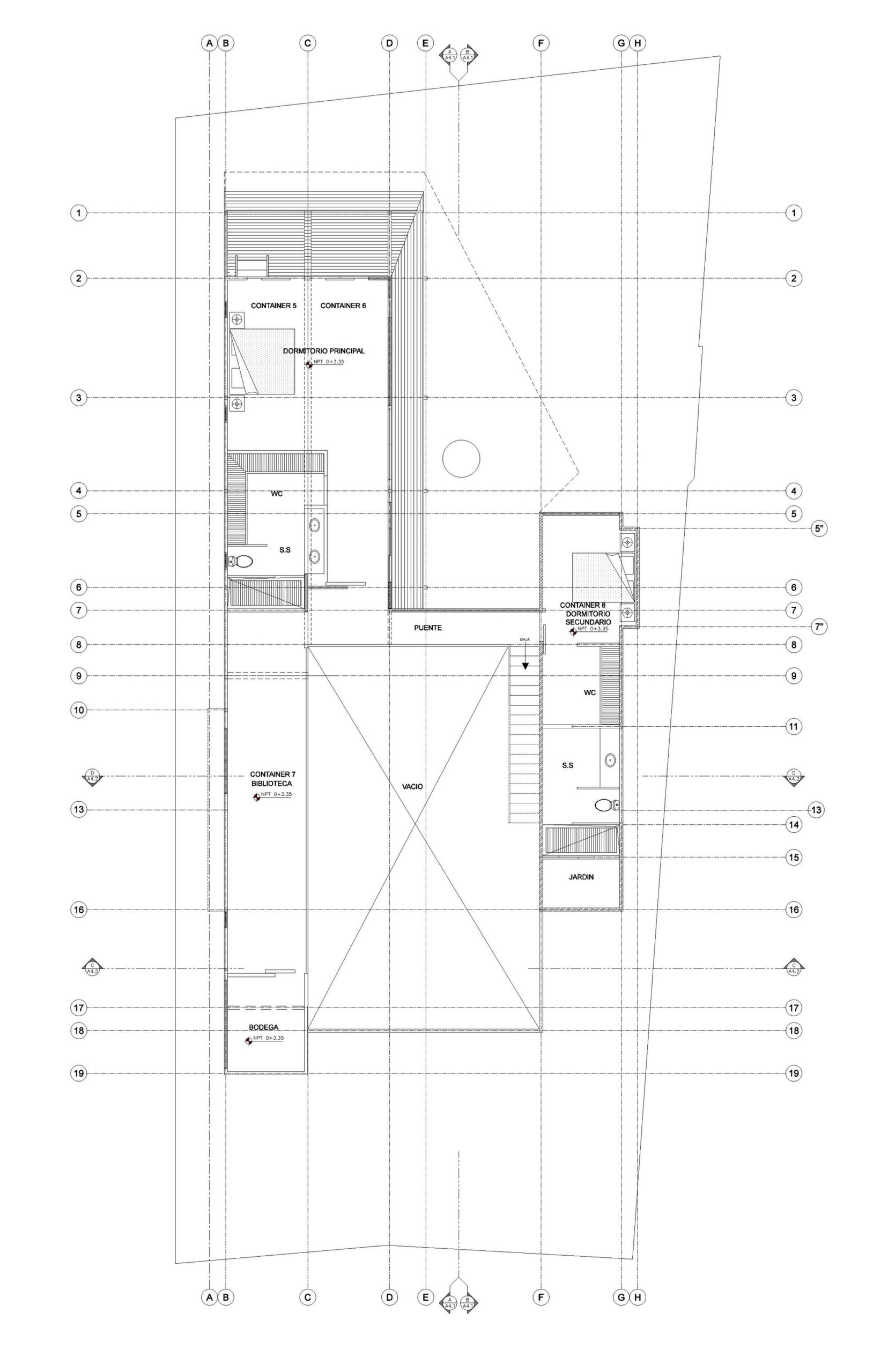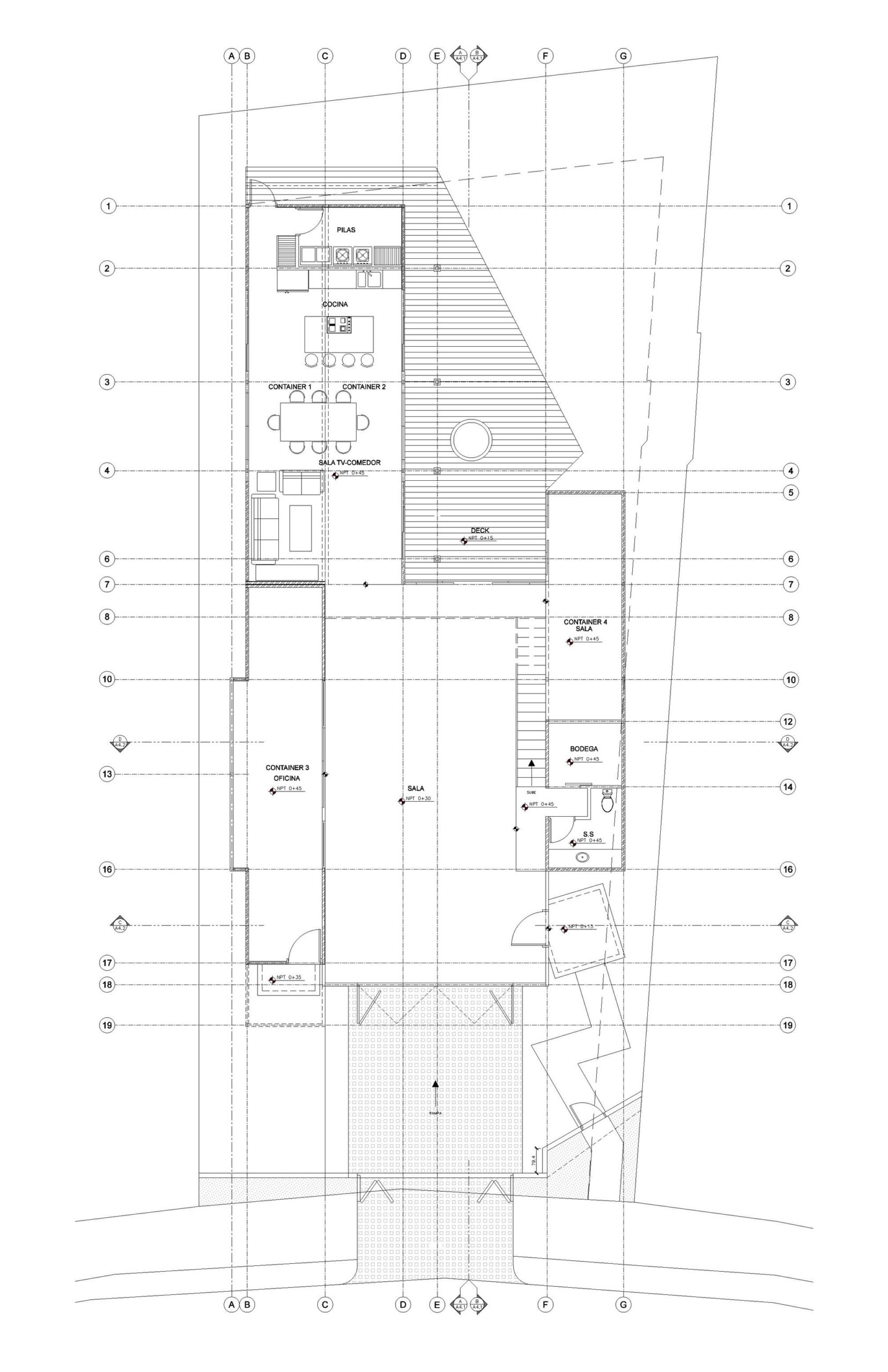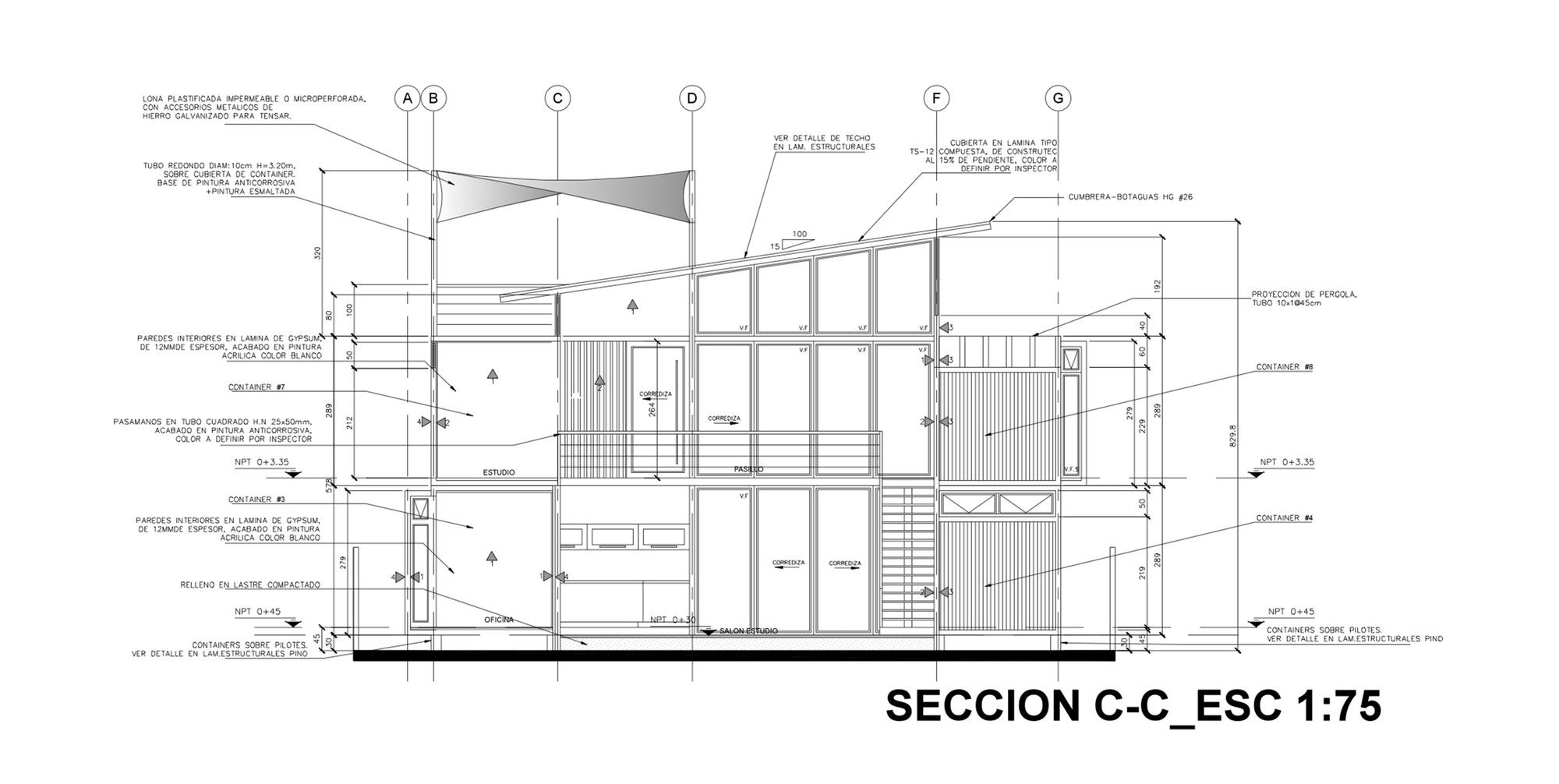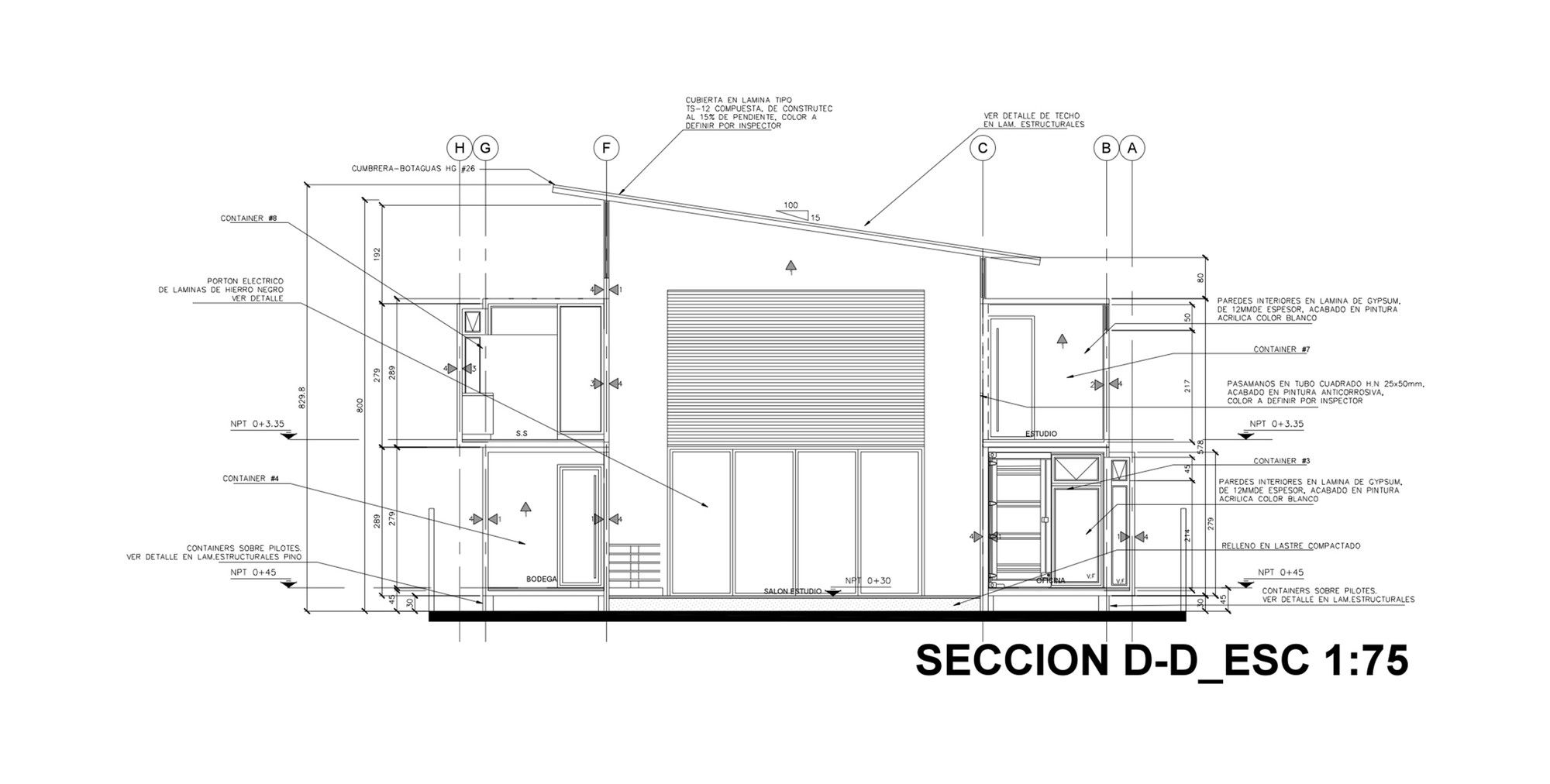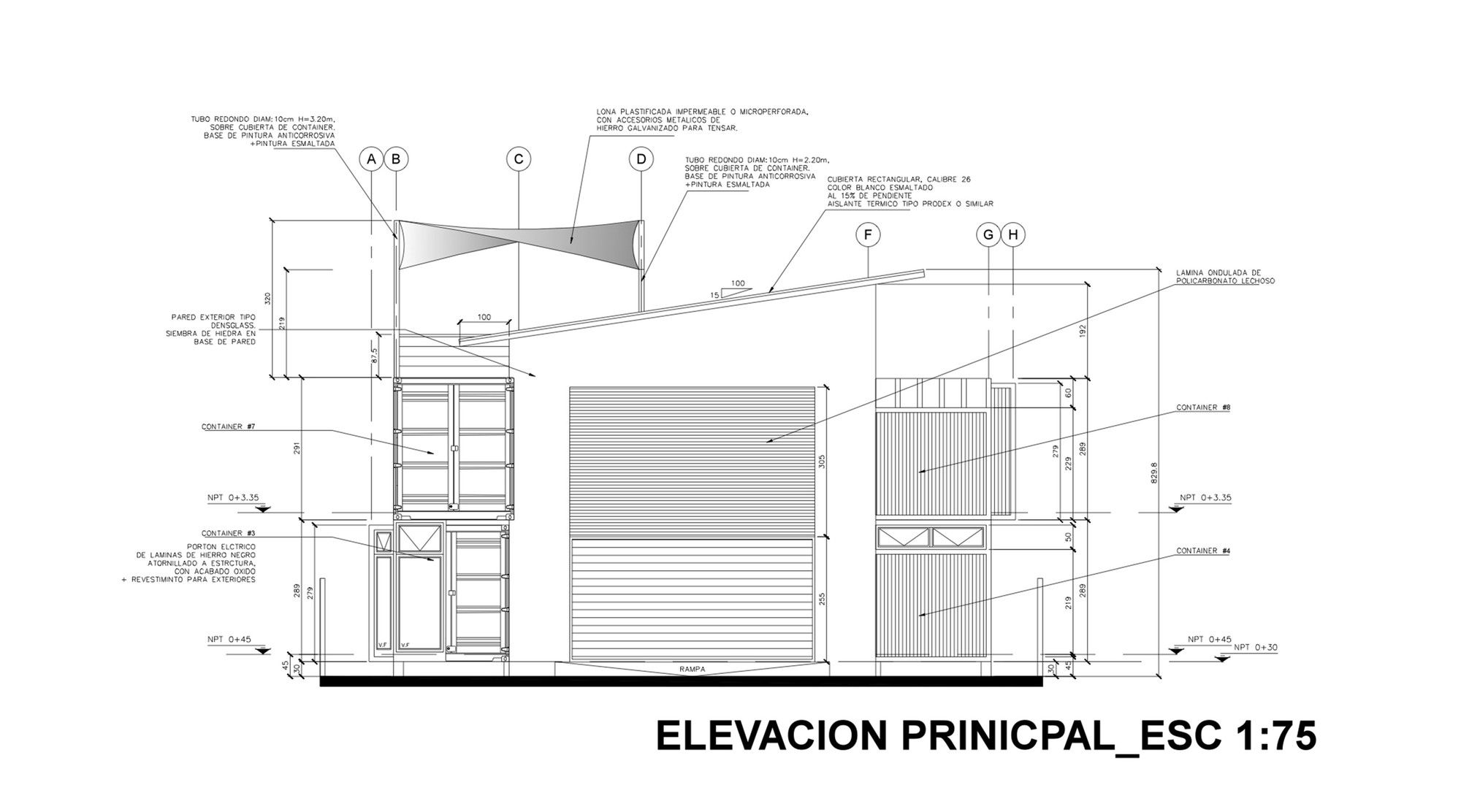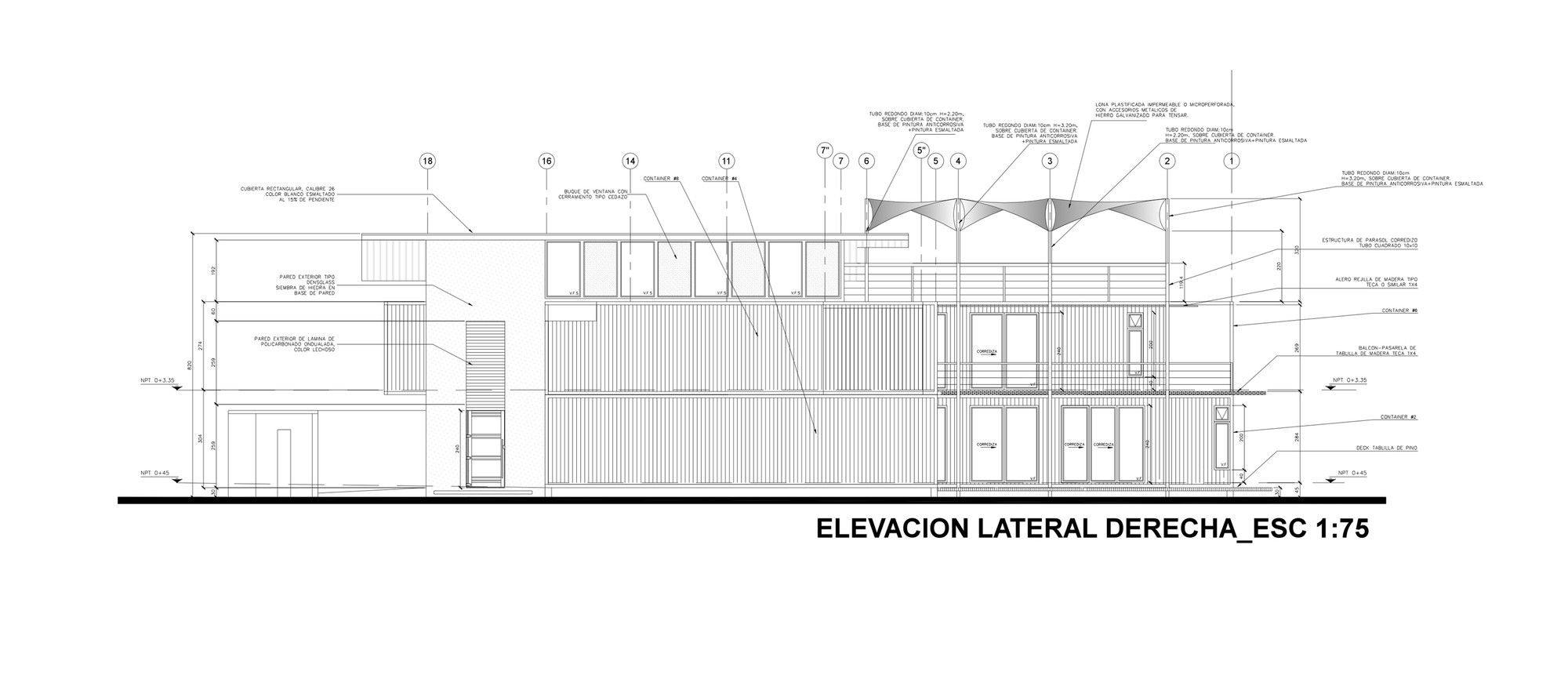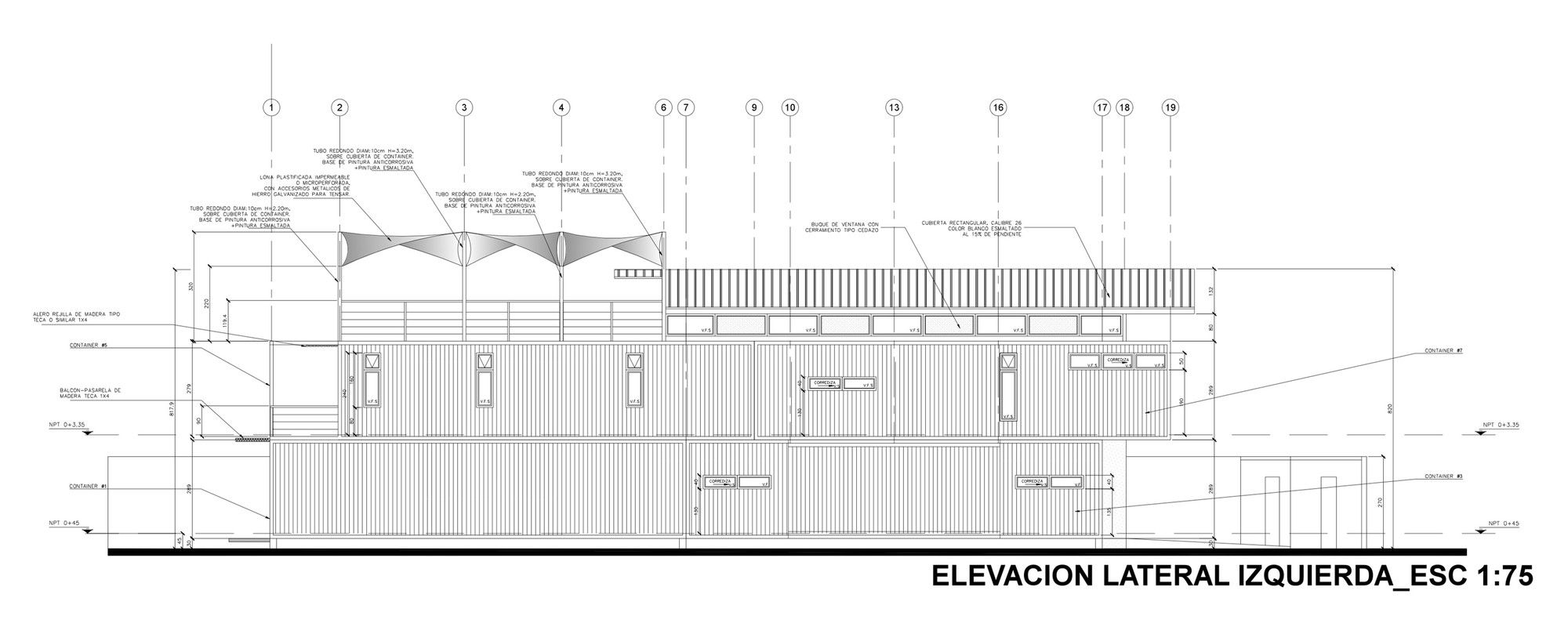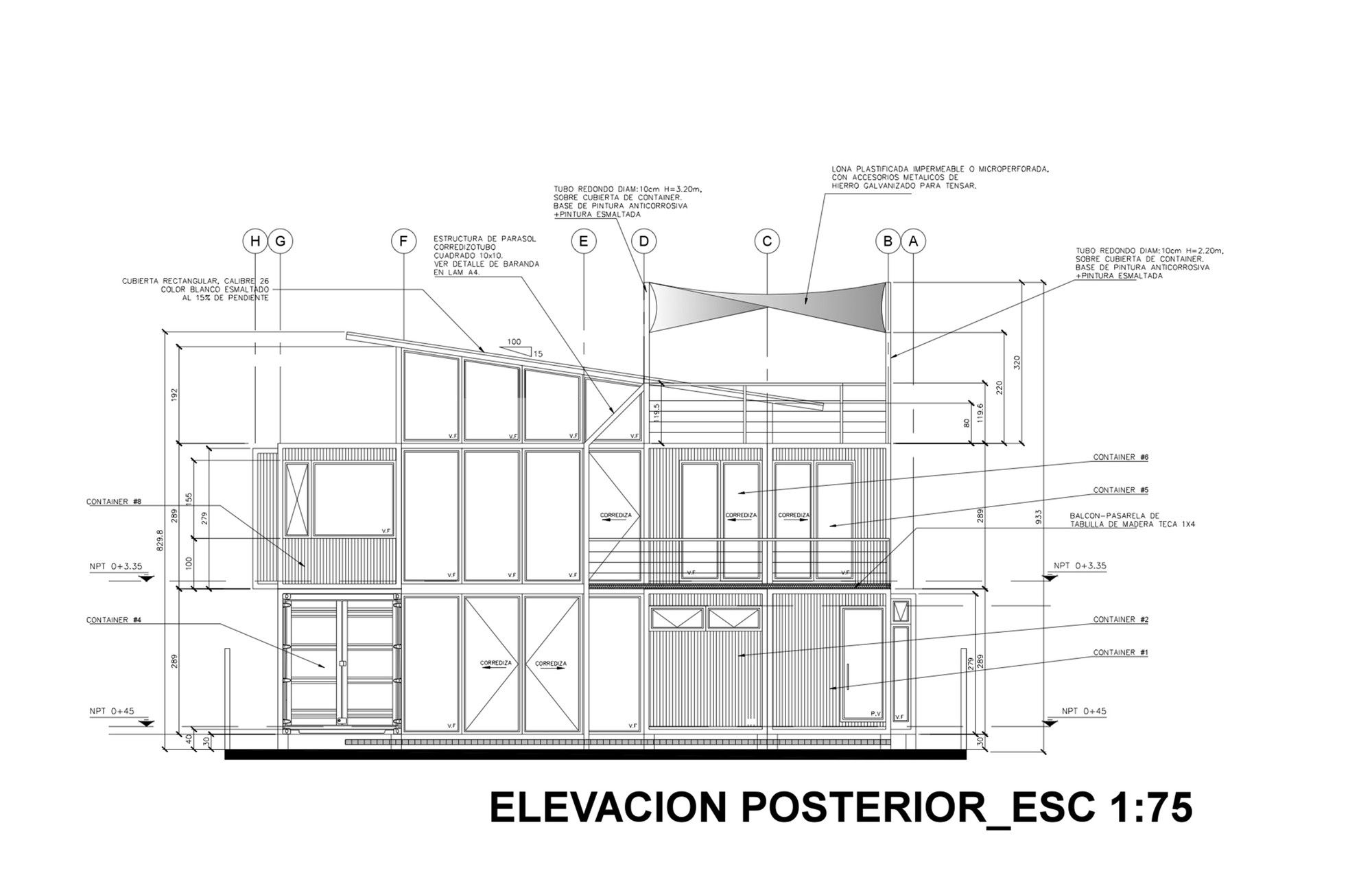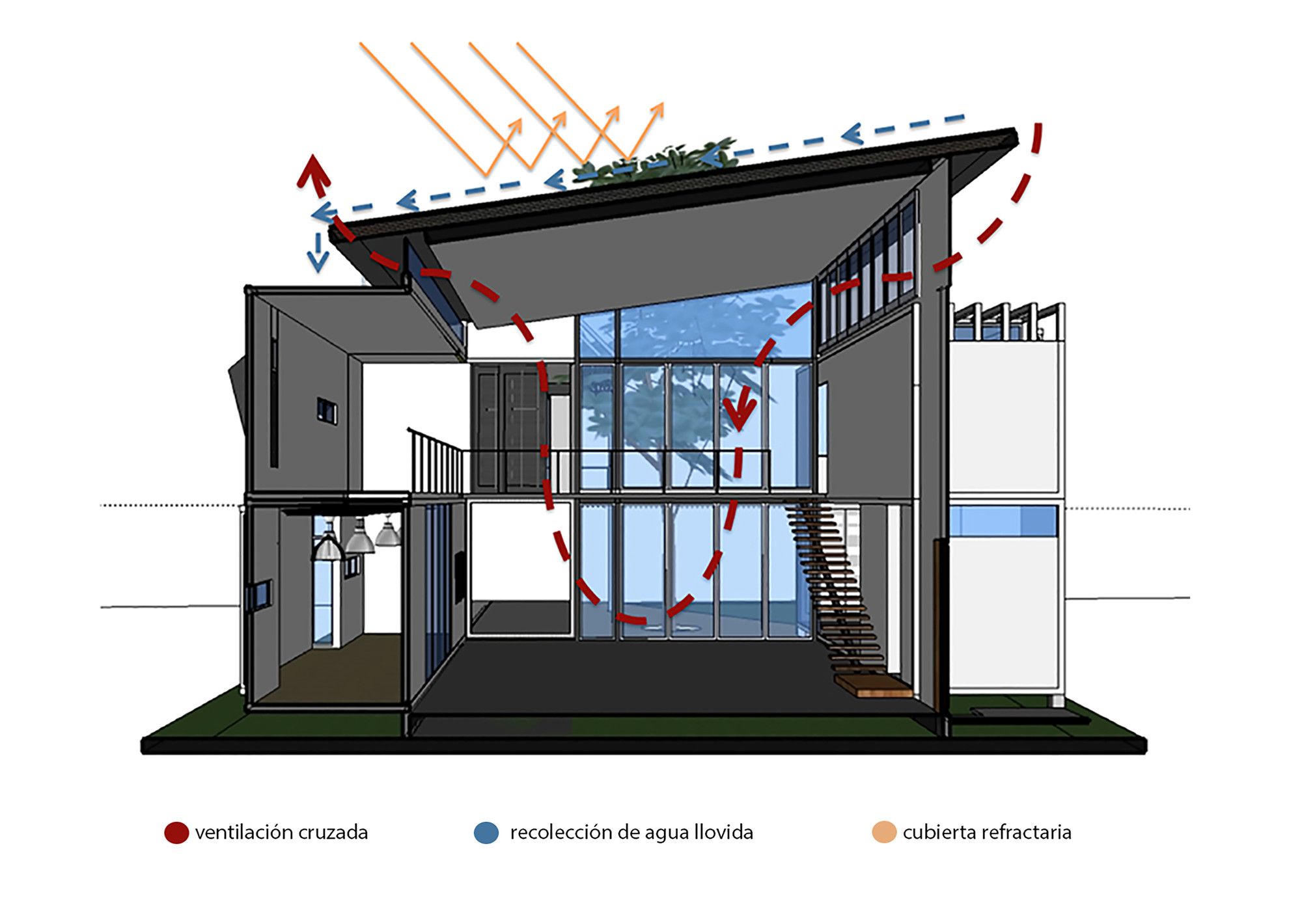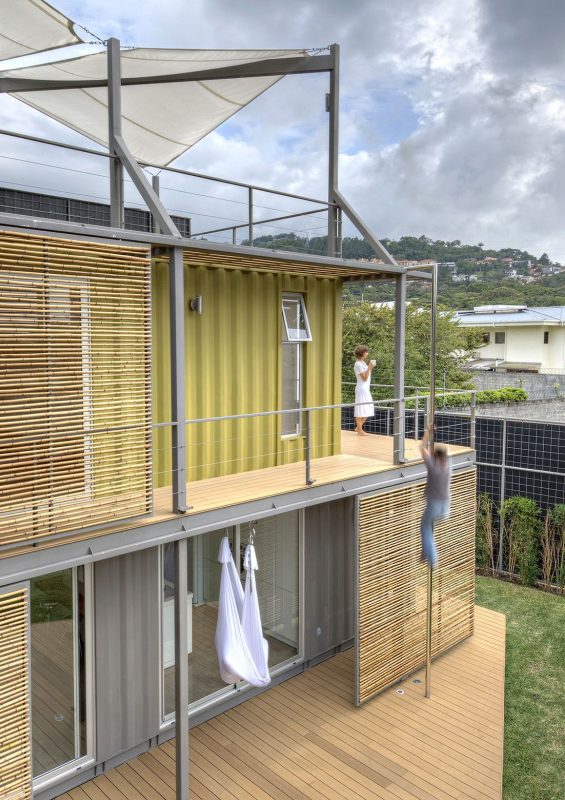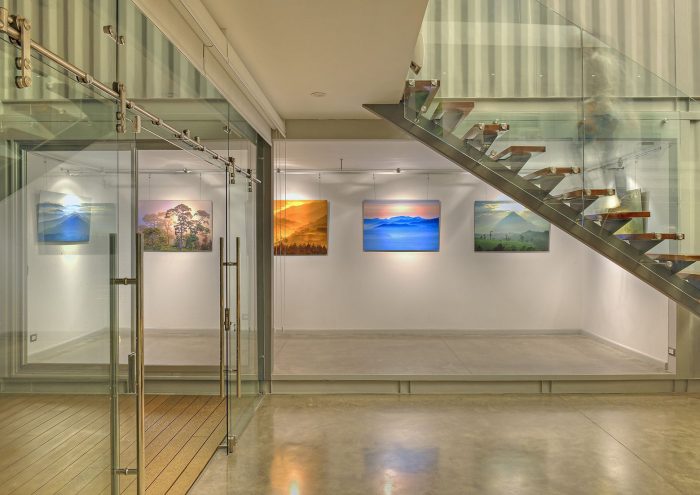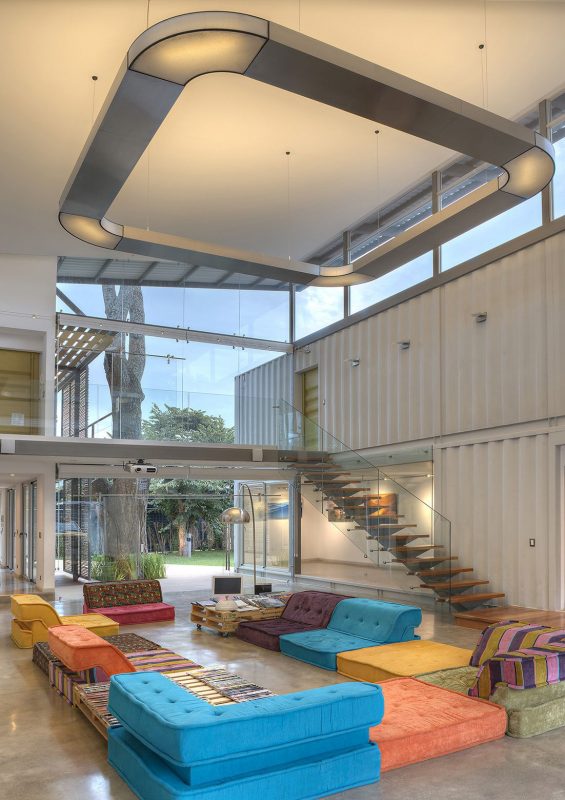Incubo House designed by María José Trejos, The original cedar tree on the site plays a very important for the layout of the house so that there is a view of the tree from anywhere in the house. Also, the shape of the house responds to the impact of climate elements of the place: the central double-height module acts as a lung with cross ventilation, and the west glass facade works for natural lighting.
Several considerations were taken into account so that the house had the least possible environmental impact, both in design and materials, as well as in systems for energy conservation. For example, this was considered in the choice of materials, so that they are renewable, reusable or recyclable in addition to durable and low maintenance. Wood from the cedar tree was used in the stairs and some other details of furniture in the house. The deck consists of certified wood from renewable sources mixed with recycled plastic, concrete floors, and bamboo, among others. Additionally, the house has rainwater collection systems for toilets and irrigation, it is planned for solar panels, container doors were reused for most doors of the project, the hot water is solar-heated, cross ventilation is enough so that the home does not require air conditioning, and natural lighting makes virtually no electric lights necessary during the day.
The use of containers in the construction gives a rich contrast to the design, in addition to reducing the environmental impact, which means the reuse of an existing element, generating less CO2 emissions than the cement production and transportation from trucking all those traditional materials to the site, not to mention a less invasive and movement. It is estimated that the construction time is reduced by 20% and the total cost by about 20%.
Project Info:
Architects: María José Trejos
Location: Escazu, Costa Rica
Project Area: 400.0 m2
Project Year: 2013
Project Name: Incubo House
All Images Courtesy Of María José Trejos
